1月18日上午,“工业工程系年终总结暨表彰大会”在舜德楼顺利召开,大会对2017年度系内各项工作及成果予以总结,并表彰了在各领域表现突出的老师,为他们颁发获奖证书。我中心老师获得“2017年度考核校级优秀奖”、“2017年度科研工作优秀奖”、“2017年度教学工作优秀奖”、“2017年度人才引进和发展奖”“2017年度考核系级优秀奖”等多个奖项。
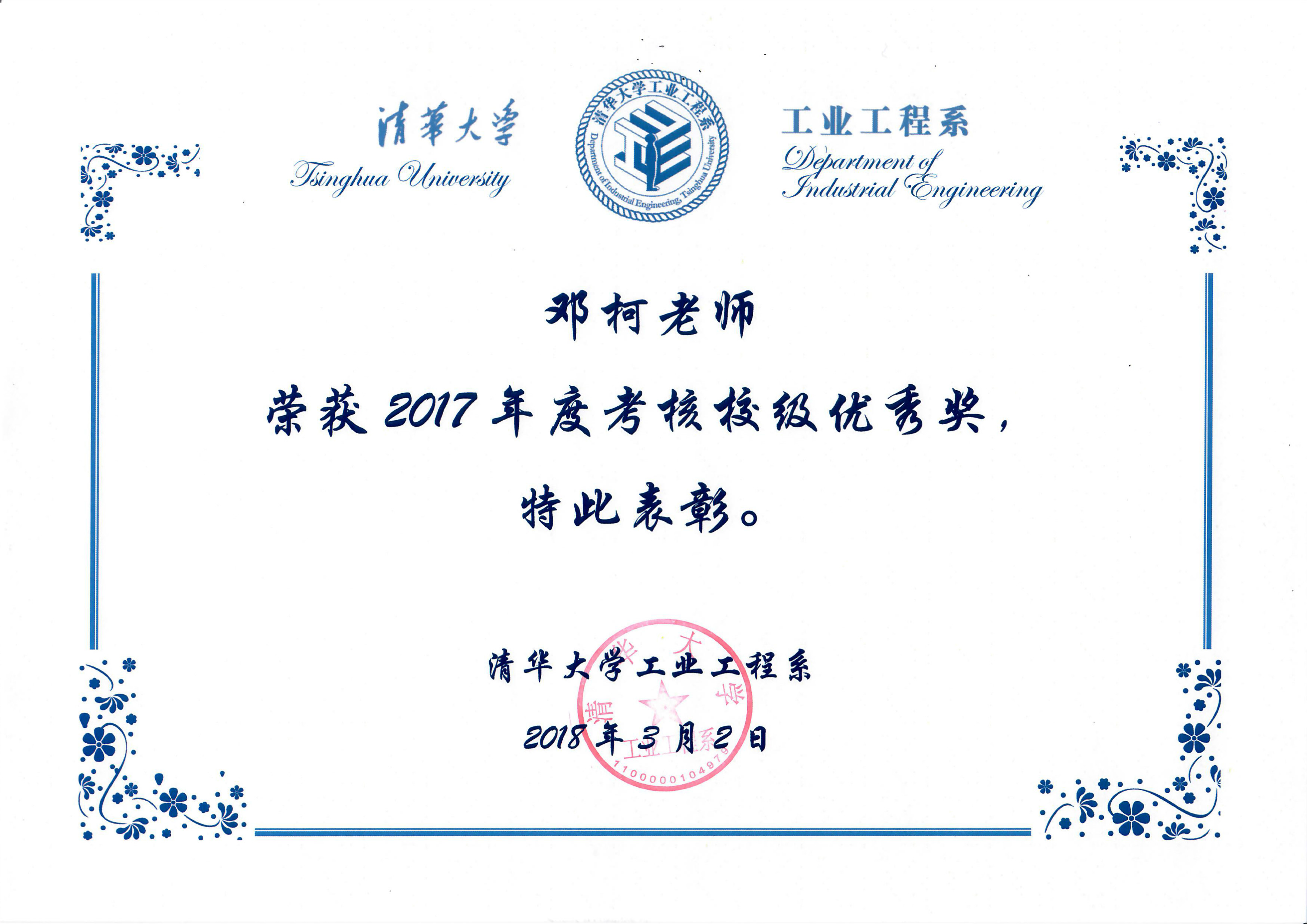
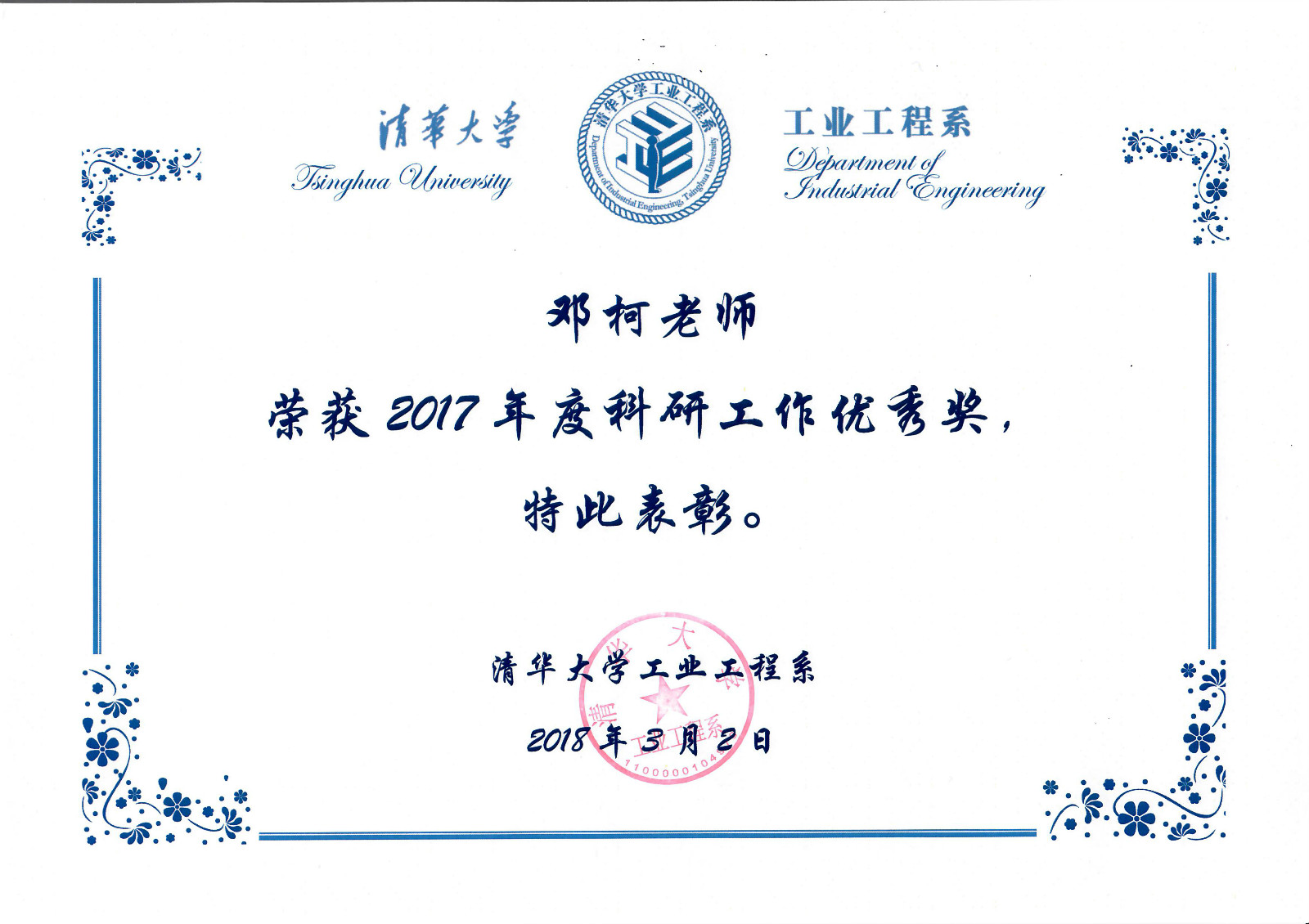
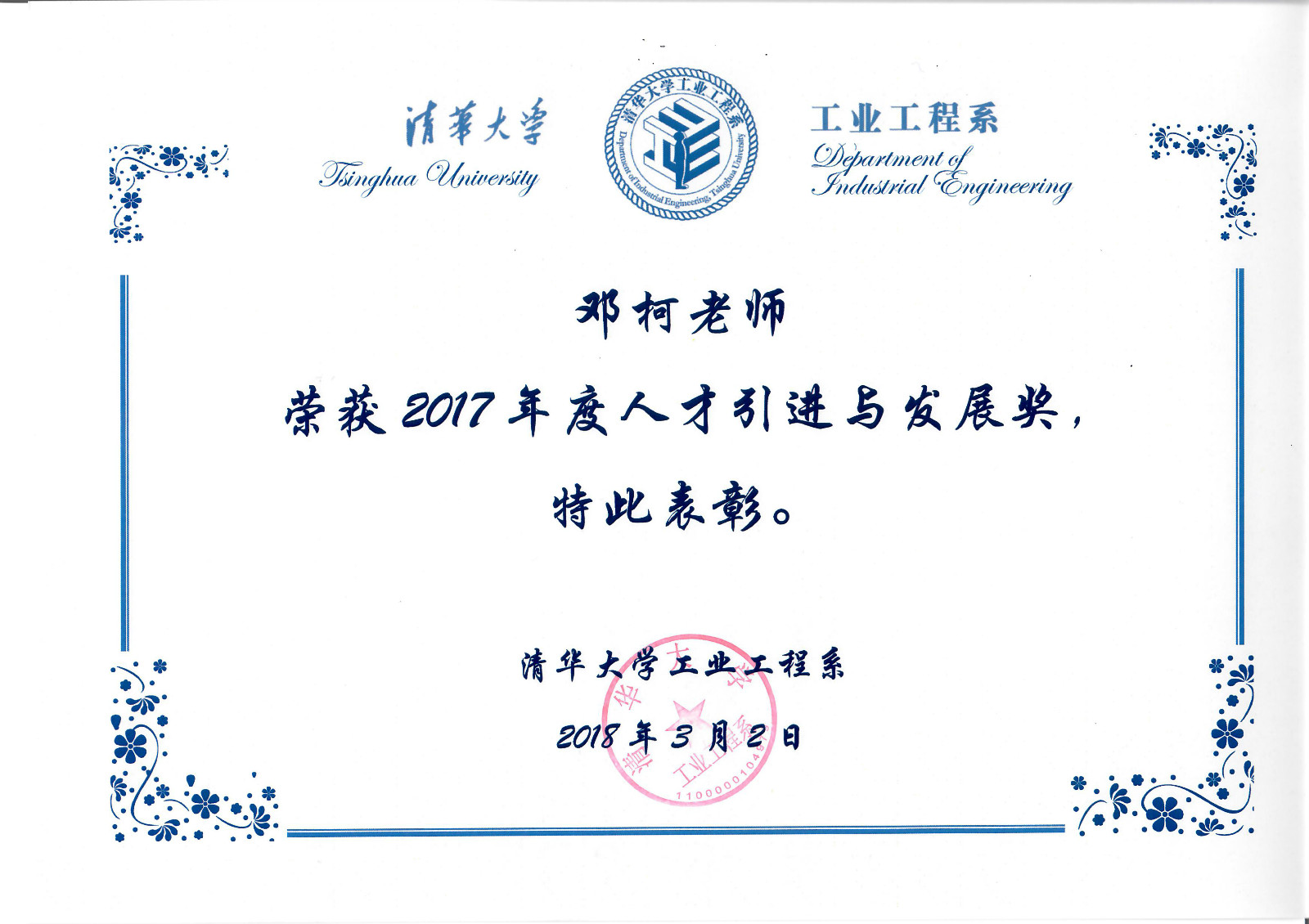
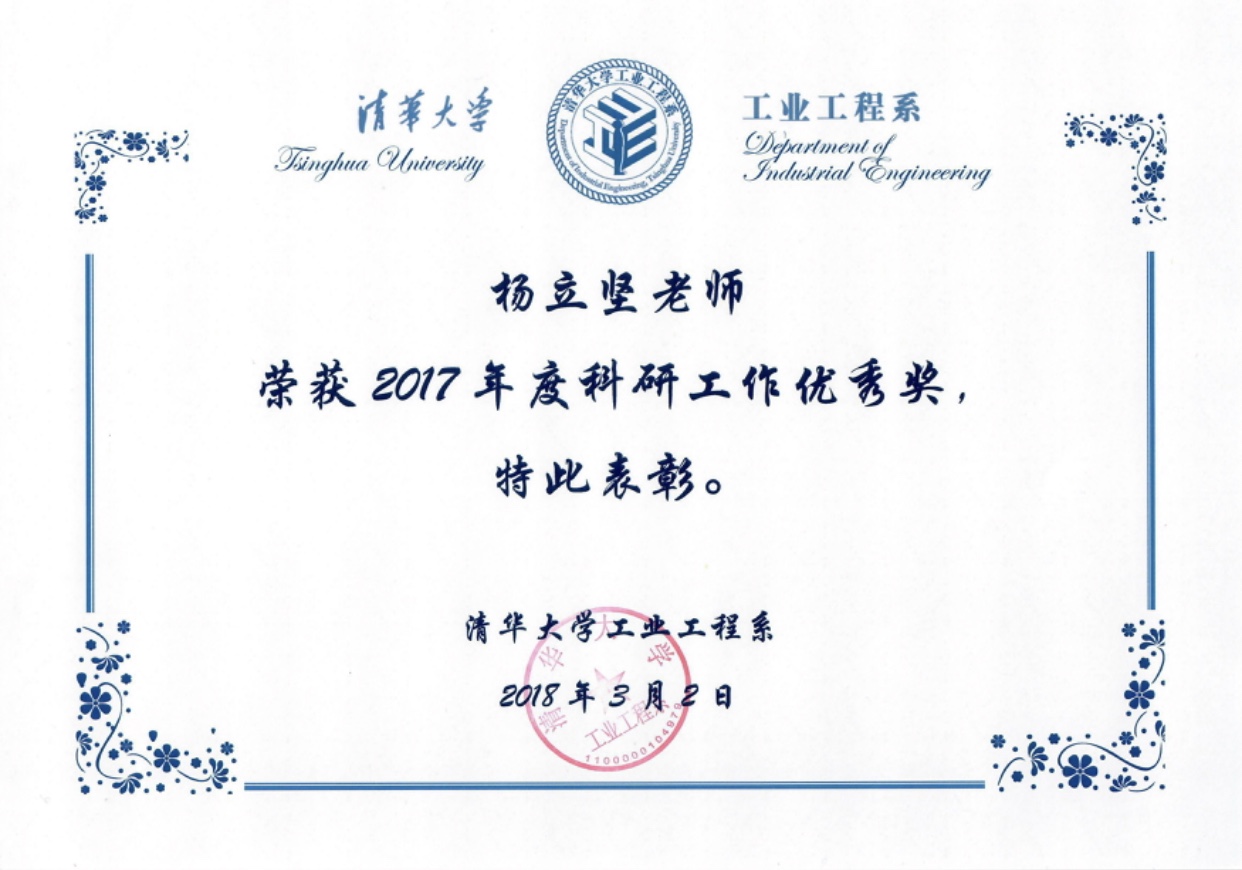

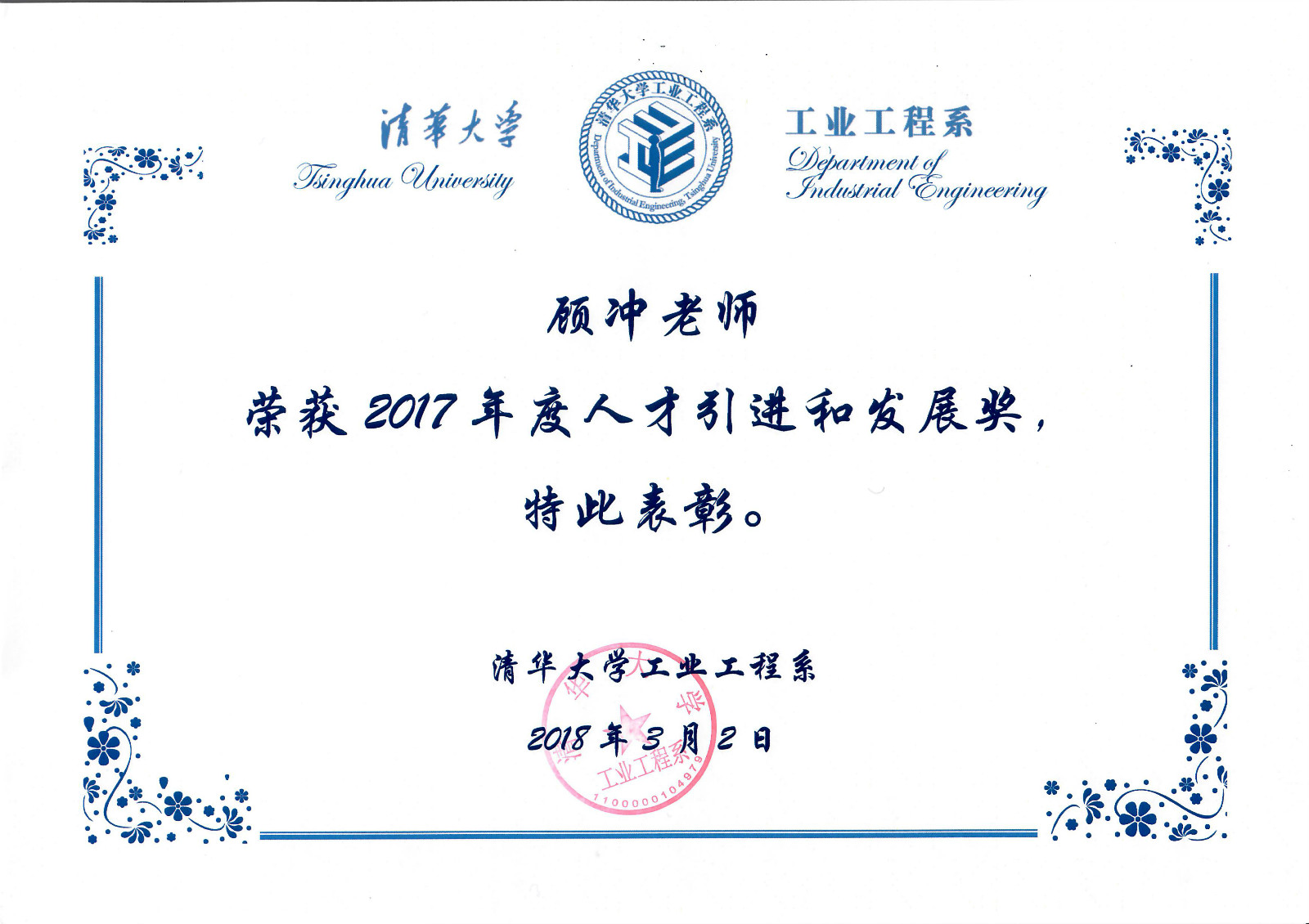

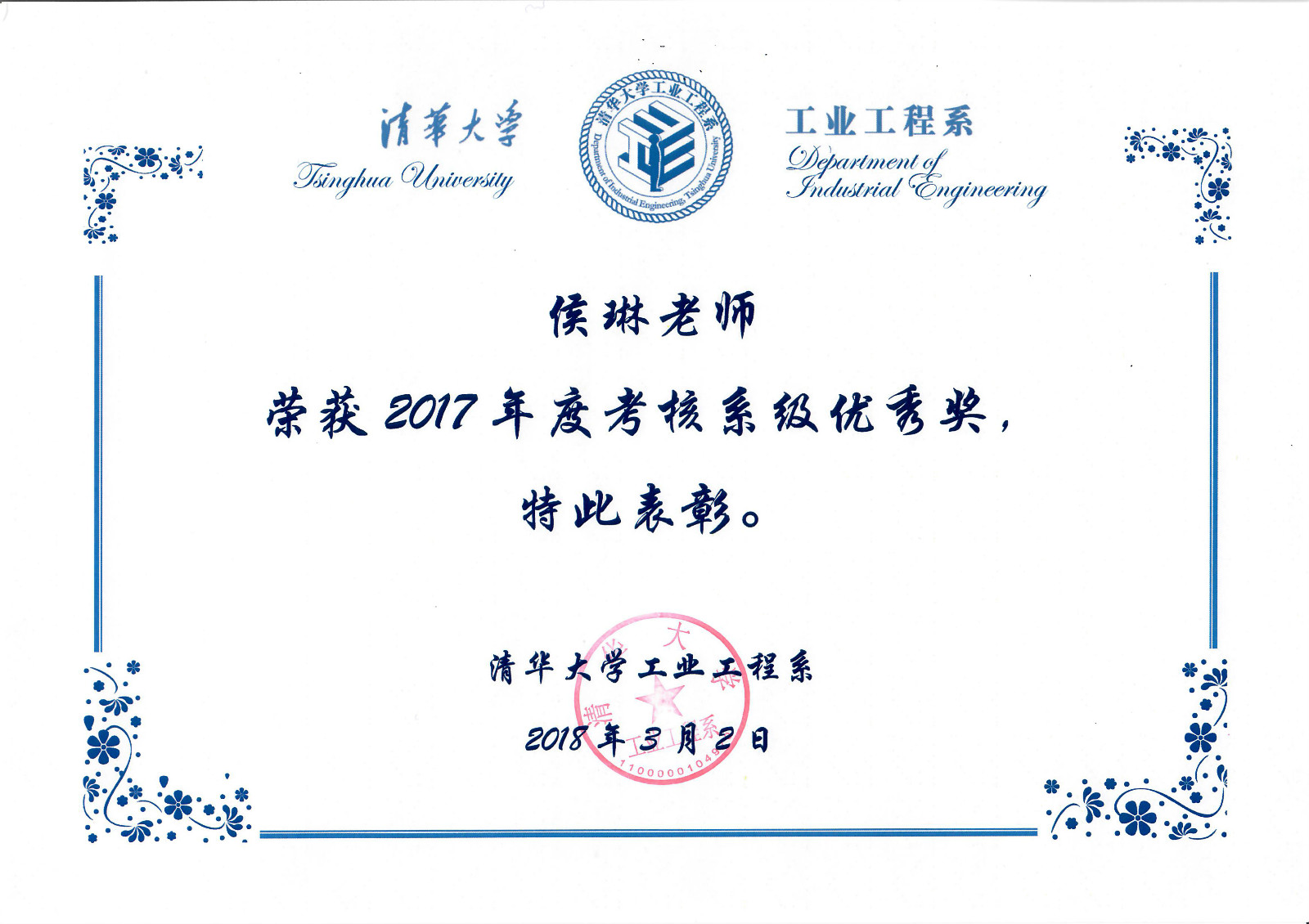
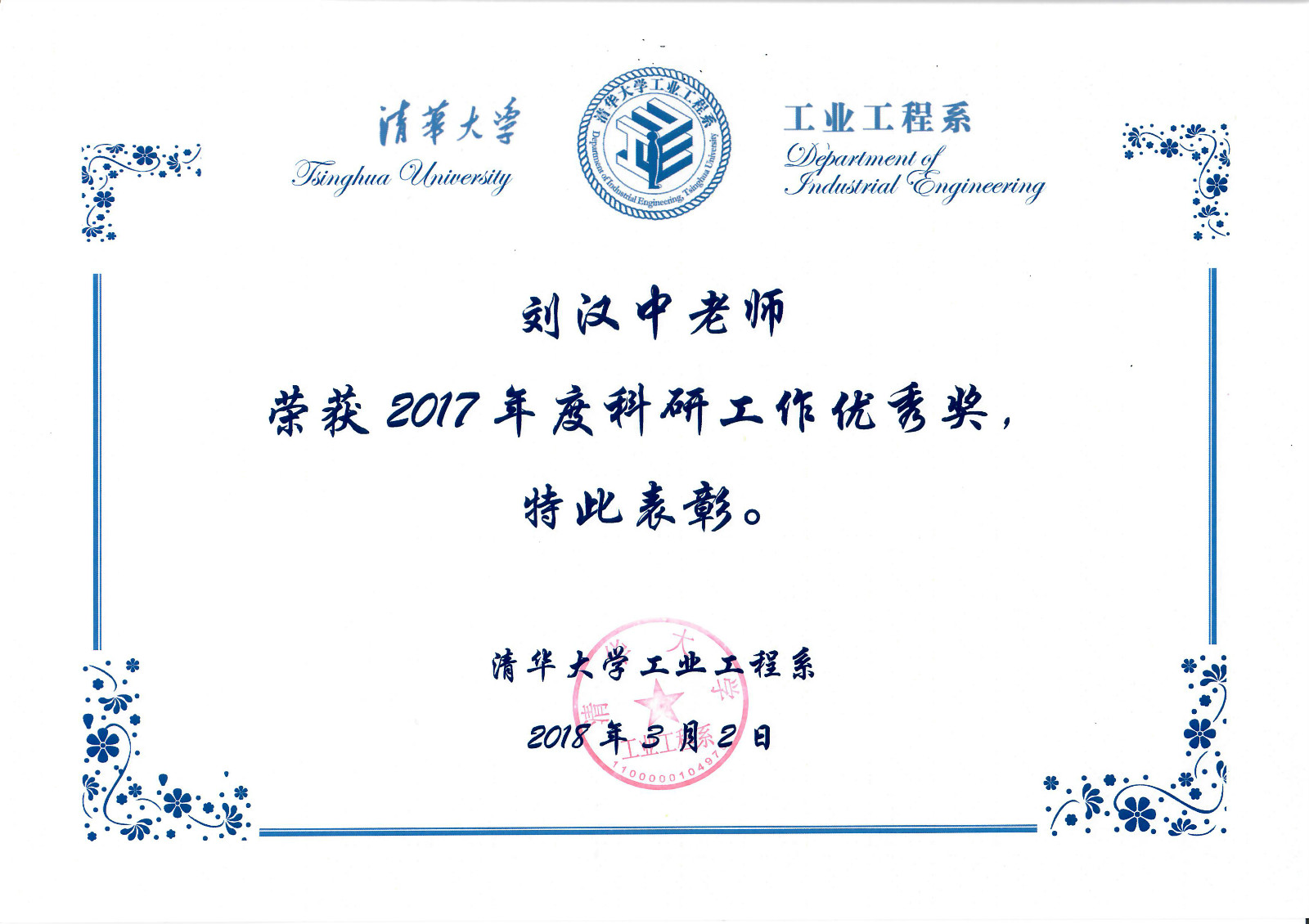
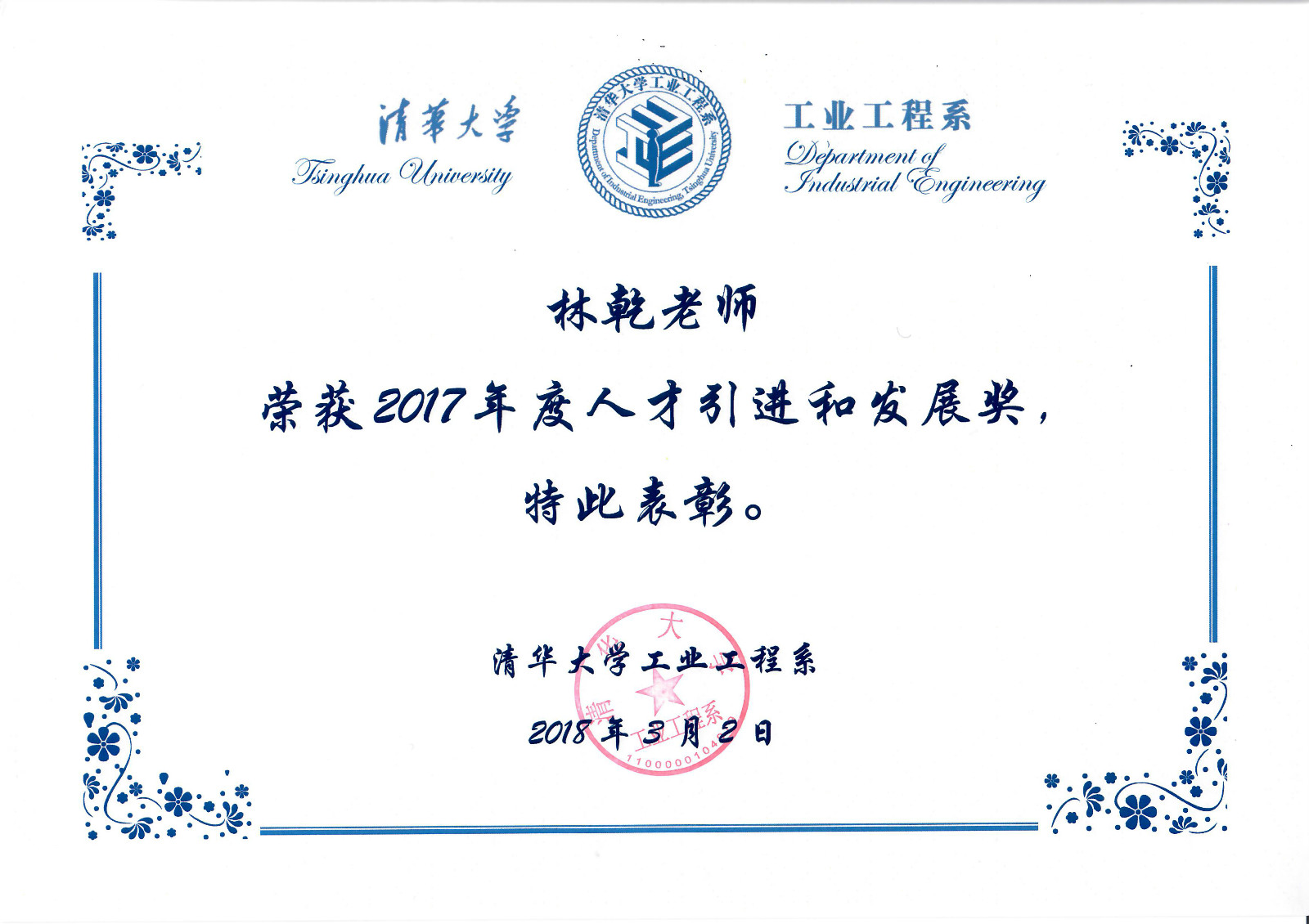
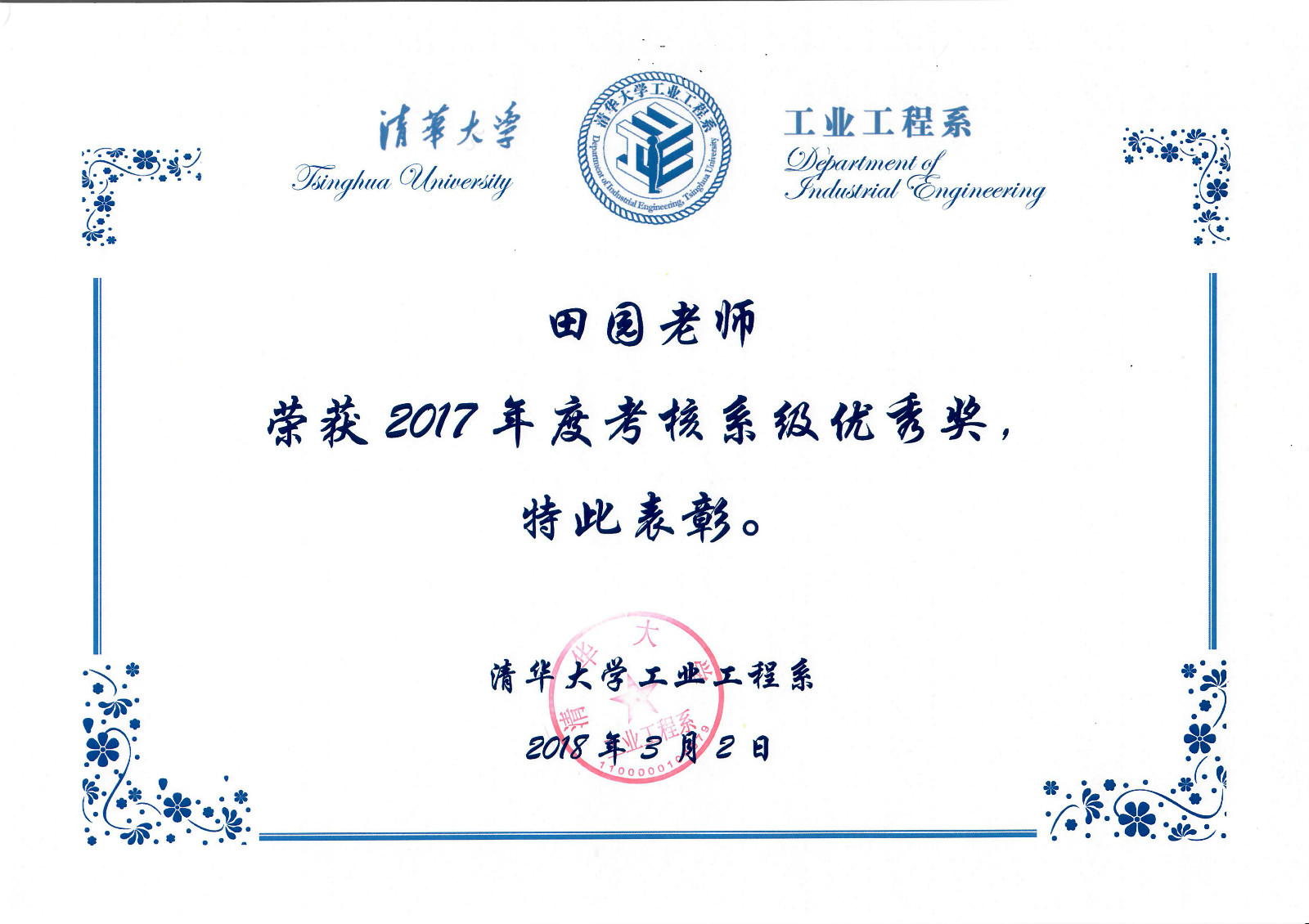
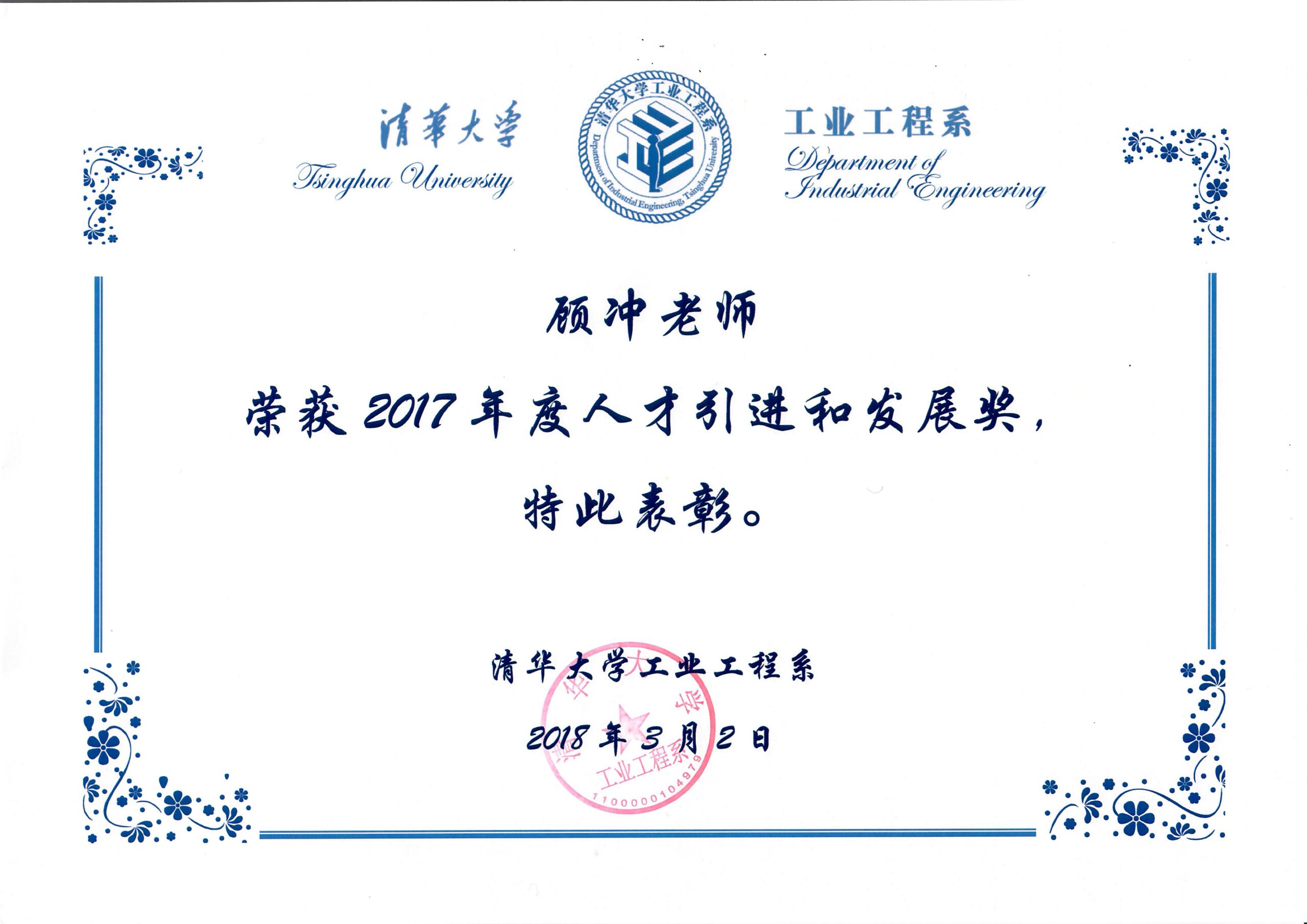
1月18日上午,“工业工程系年终总结暨表彰大会”在舜德楼顺利召开,大会对2017年度系内各项工作及成果予以总结,并表彰了在各领域表现突出的老师,为他们颁发获奖证书。我中心老师获得“2017年度考核校级优秀奖”、“2017年度科研工作优秀奖”、“2017年度教学工作优秀奖”、“2017年度人才引进和发展奖”“2017年度考核系级优秀奖”等多个奖项。











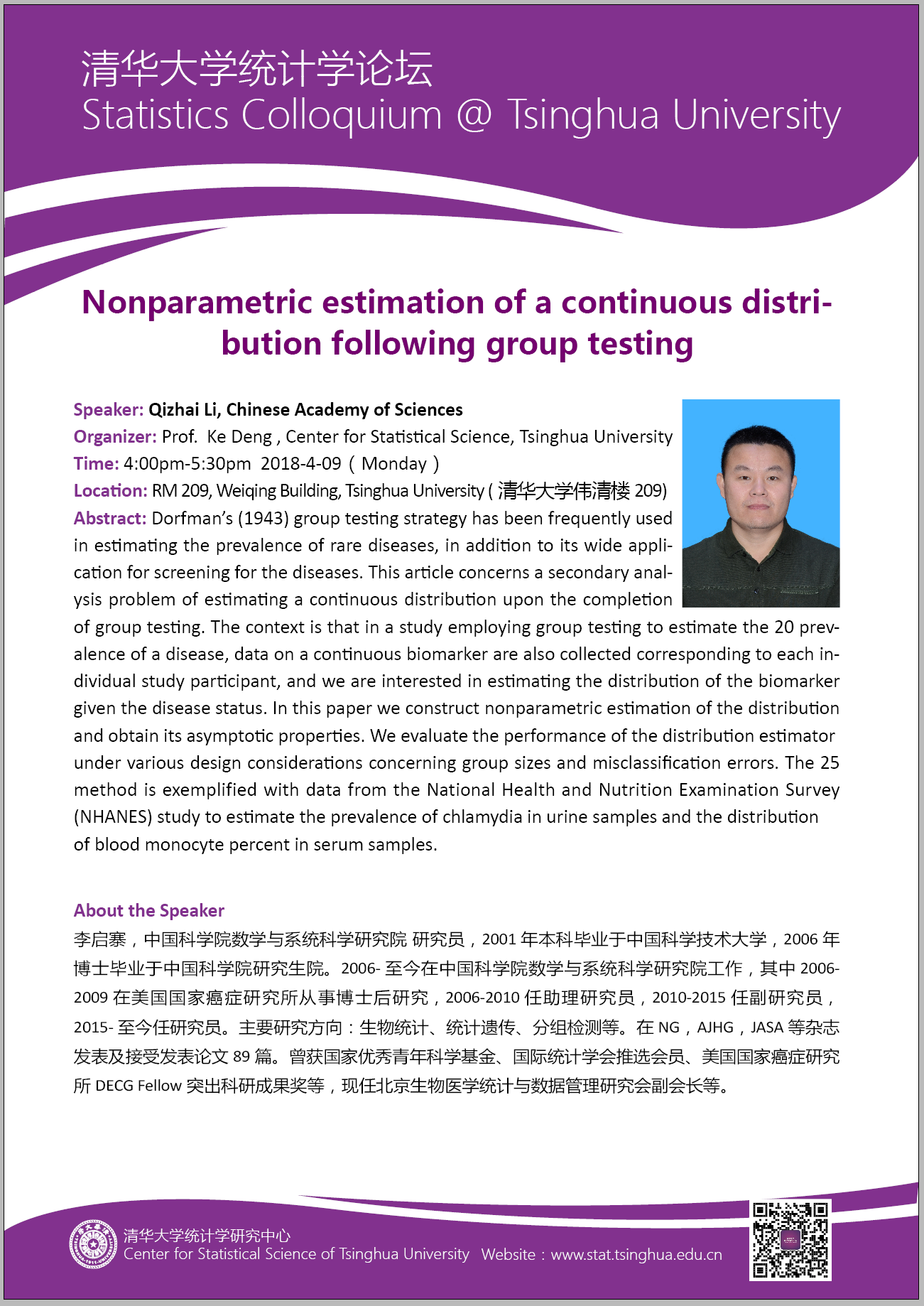

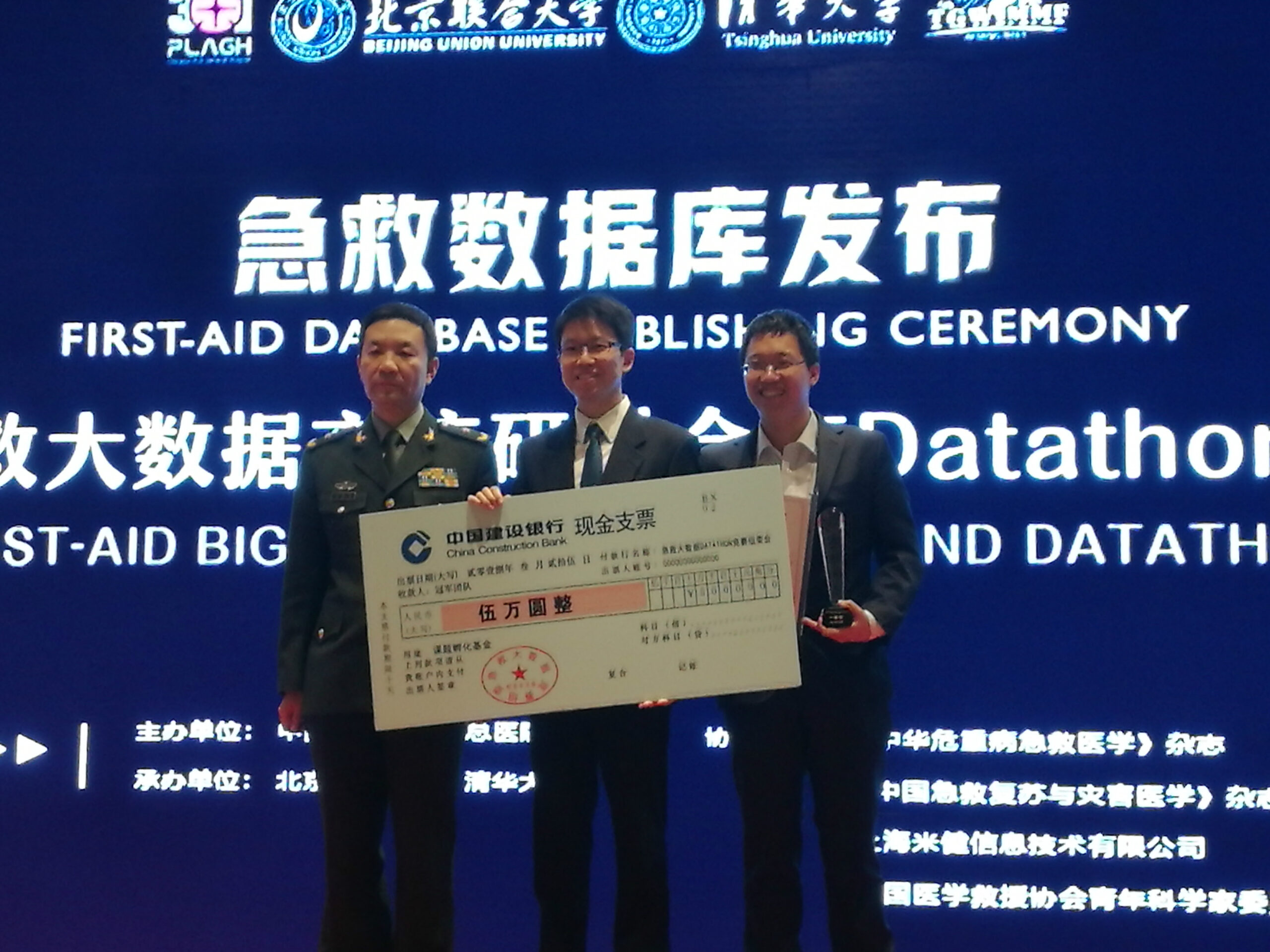
3月17-18日,解放军总医院举办了医疗“数据马拉松(Datathon)”竞赛。我中心俞声助理教授带领中心学生参赛,取得大赛第一名的佳绩,并在第五届长城国际军事医学论坛做报告。
Datathon,即数据马拉松,源自于硅谷的“Hackathon”。 Hackathon是在规定时间内,以集中高效的团队合作来解决IT问题、促进技术创新的实践性技术竞赛;而Datathon则强调利用大规模数据分析和跨专业、跨领域合作,从数据中提取价值。
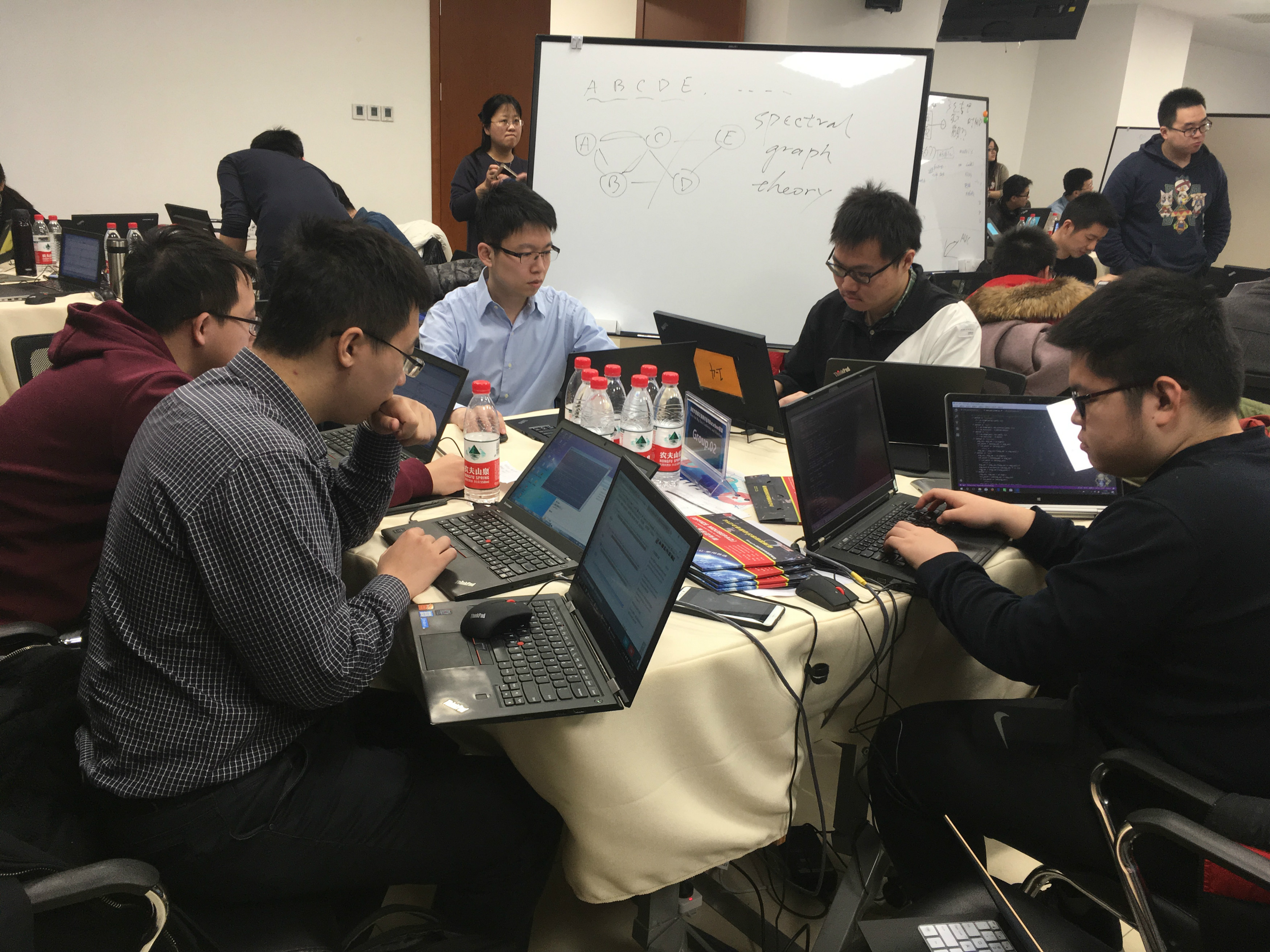
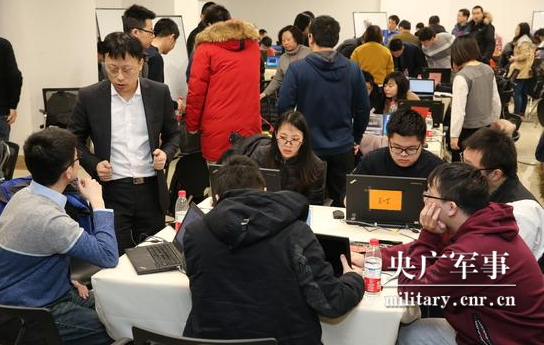
本次比赛,由13个跨学科团队的近两百人参加。比赛是基于解放军总医院急救数据库,在2天时间内以团队为单位进行头脑风暴,提出并解决具有临床应用价值的问题。俞声教授团队本次挑战的内容是医学影像报告的自动分析并生成结构化标注,利用原创的基于图论的方法分析文本,在不使用医学词典和人工标注的条件下实现了医学术语的自动发现与语意分析。成果为促进医疗文本的有效利用和进一步的医疗领域数据科学研究提供了技术基础。

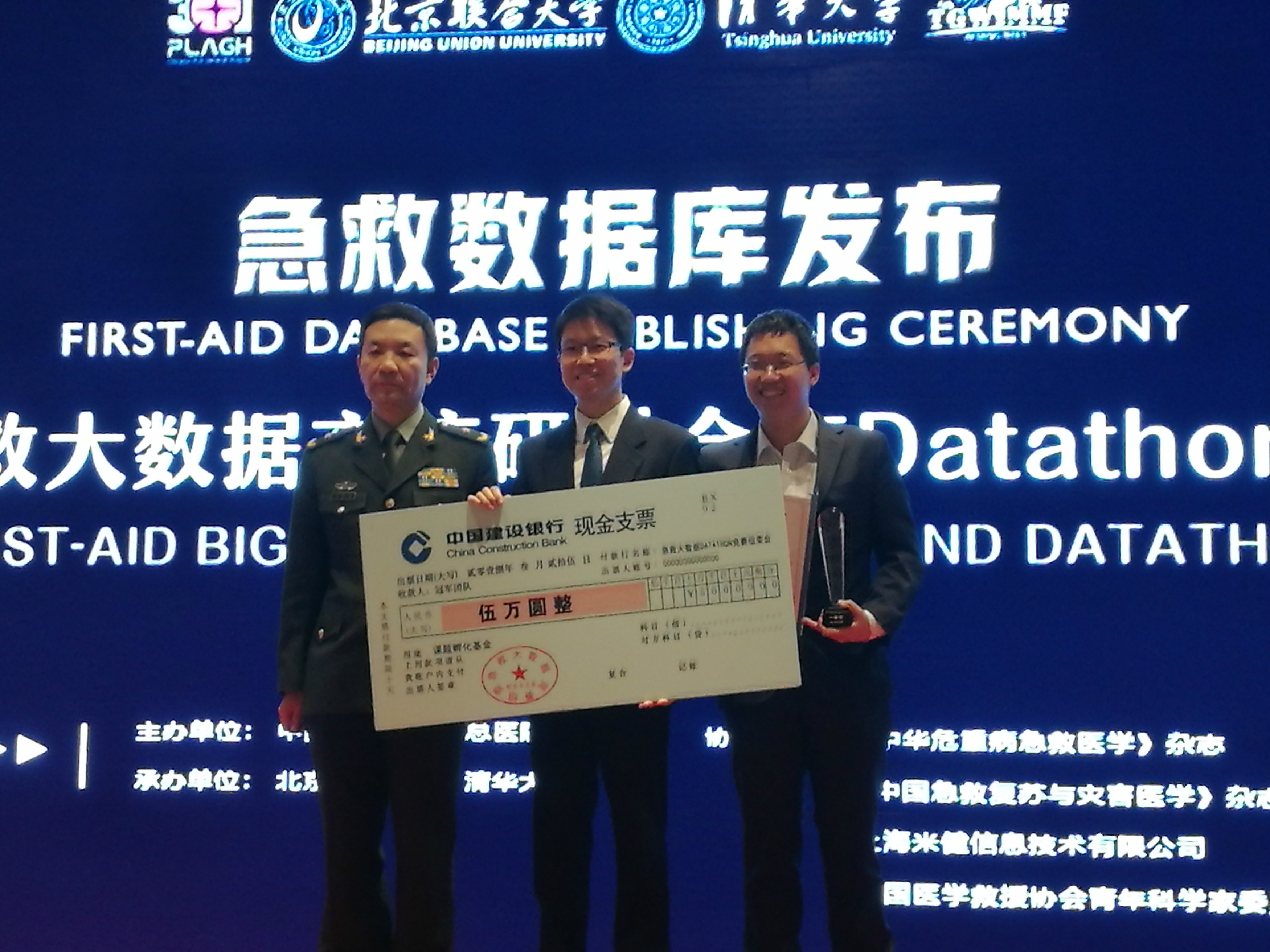
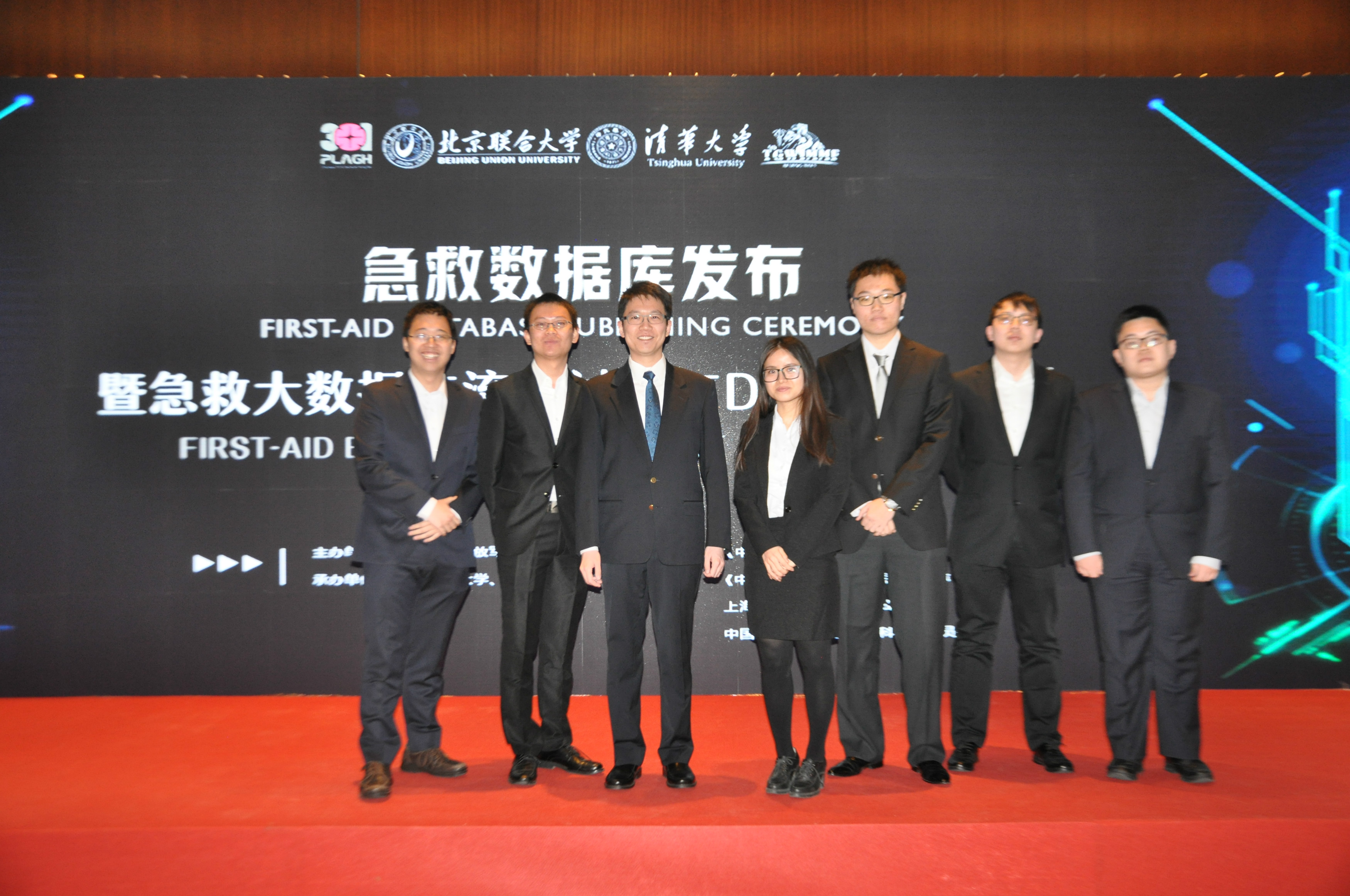
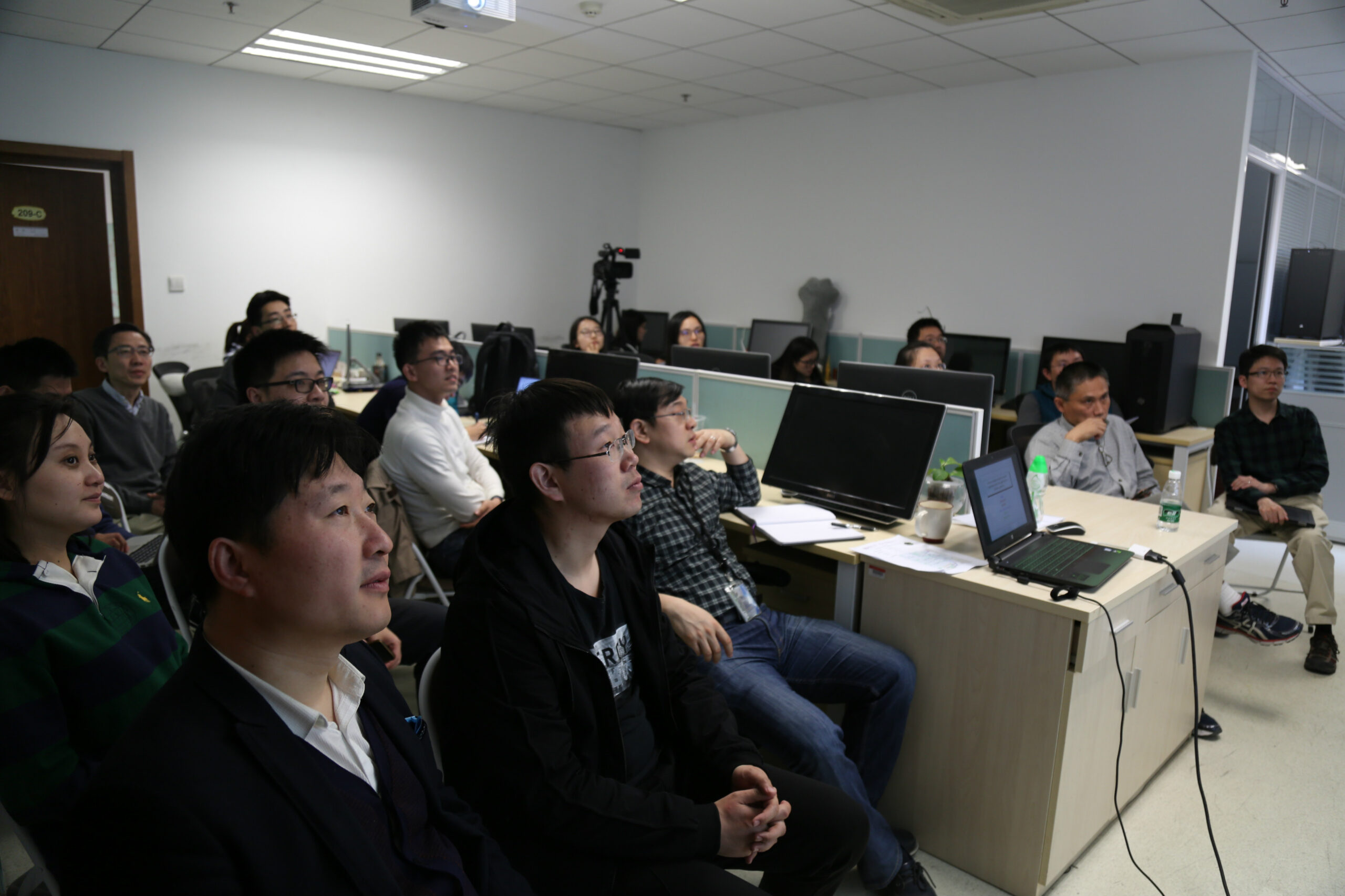
2018年3月26日,中国人民大学统计学院的尹建鑫教授访问我中心,并做学术报告。报告题目是A fusionpenalized logistic threshold regression model with application to diabetes prediction.
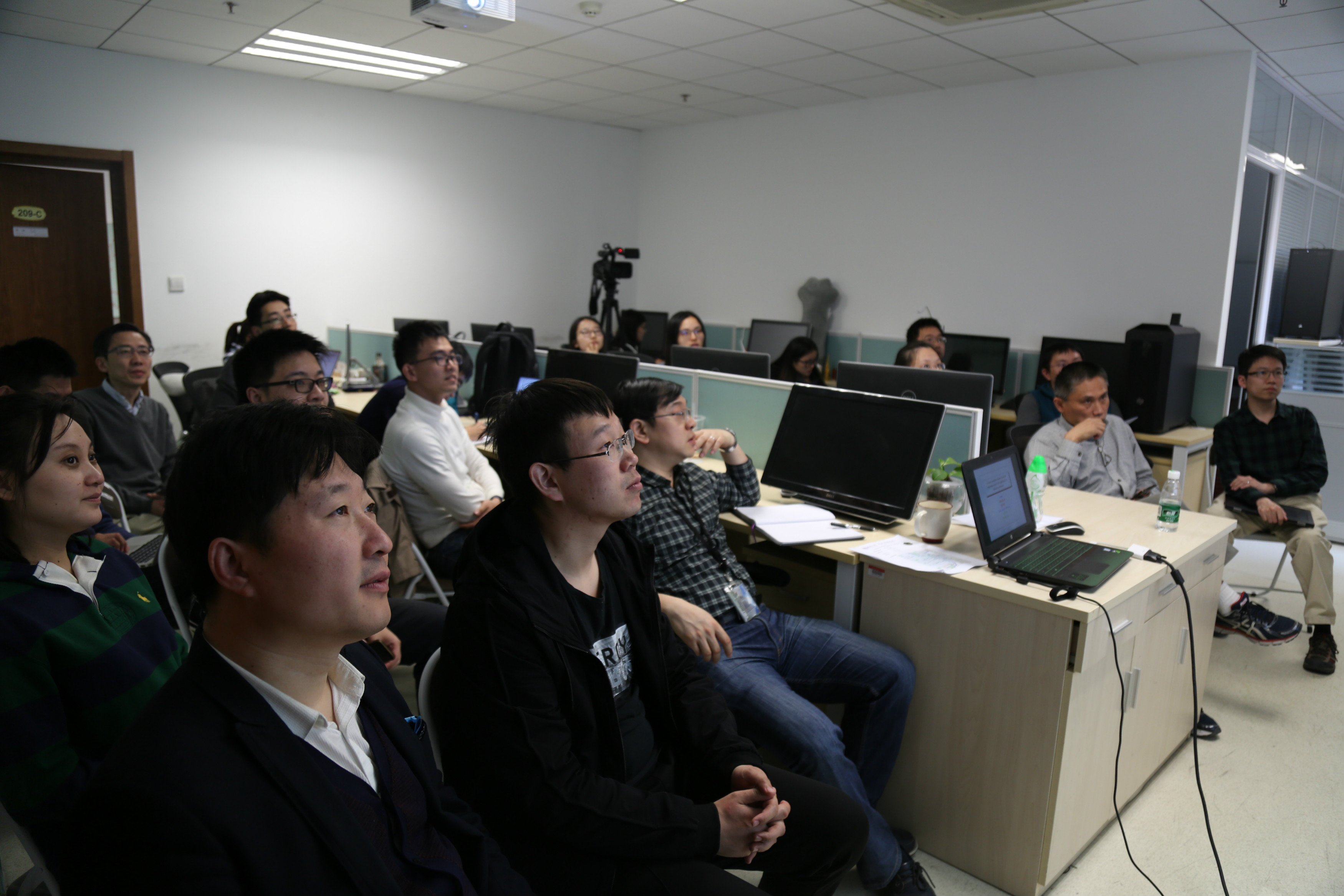
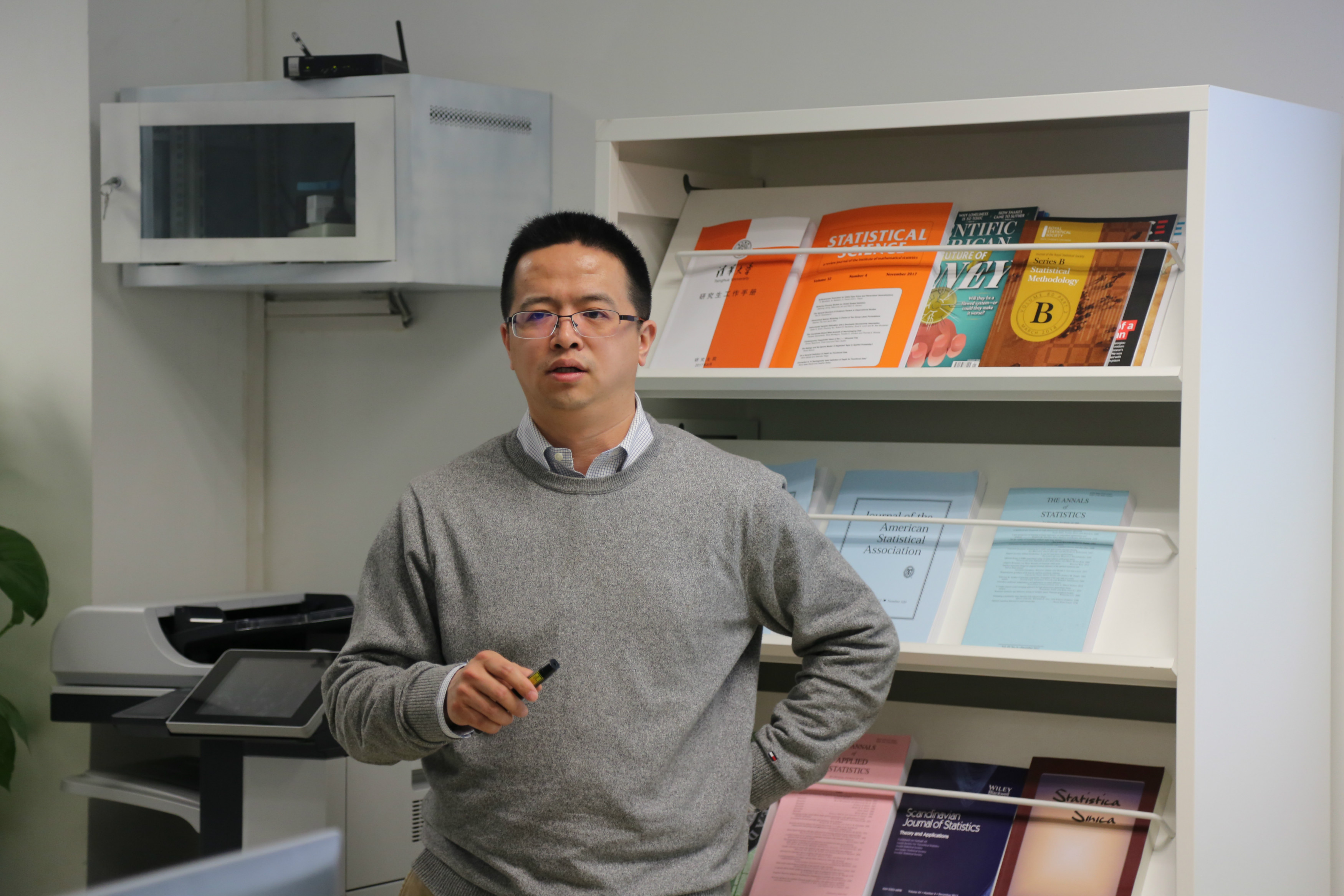

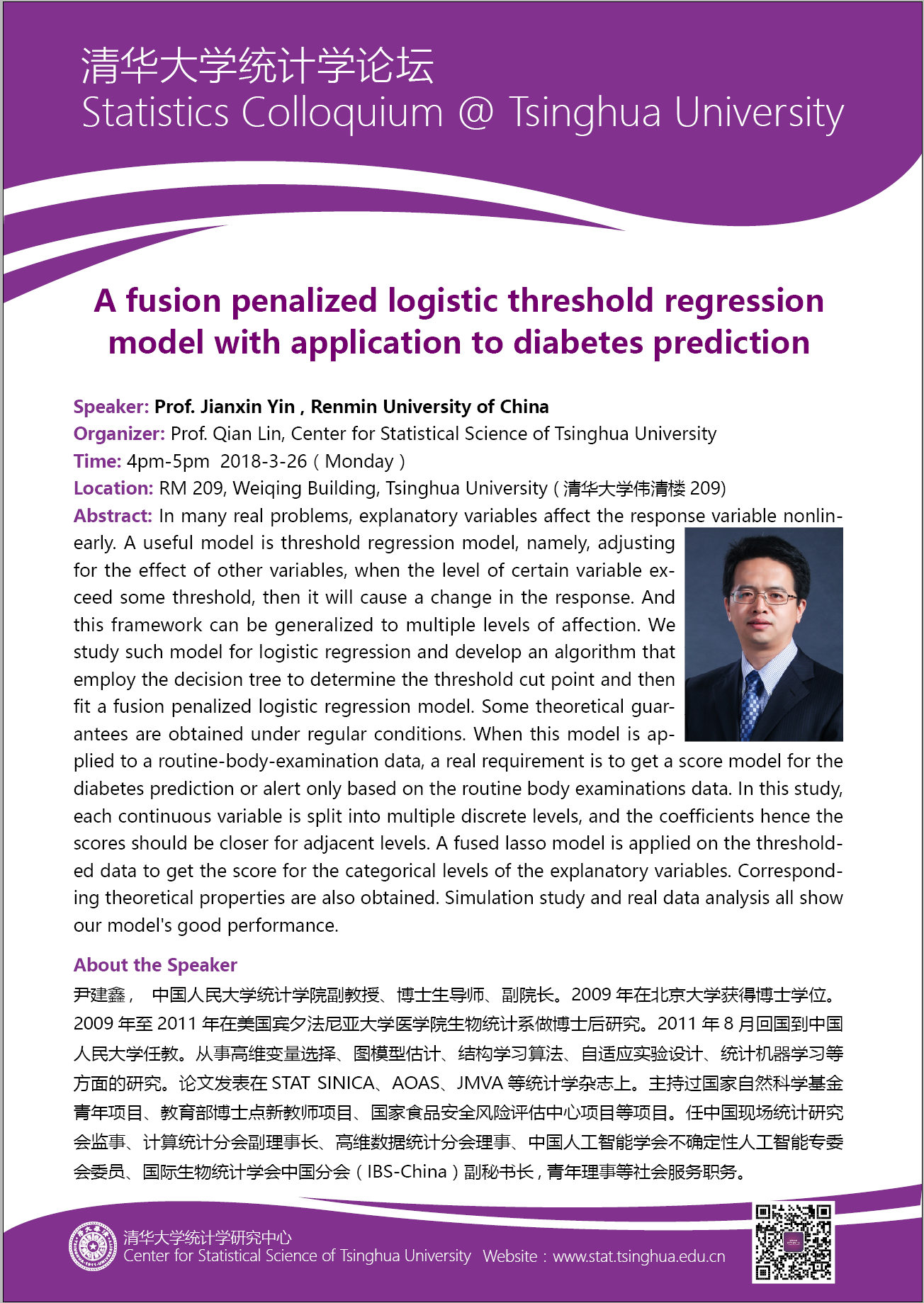

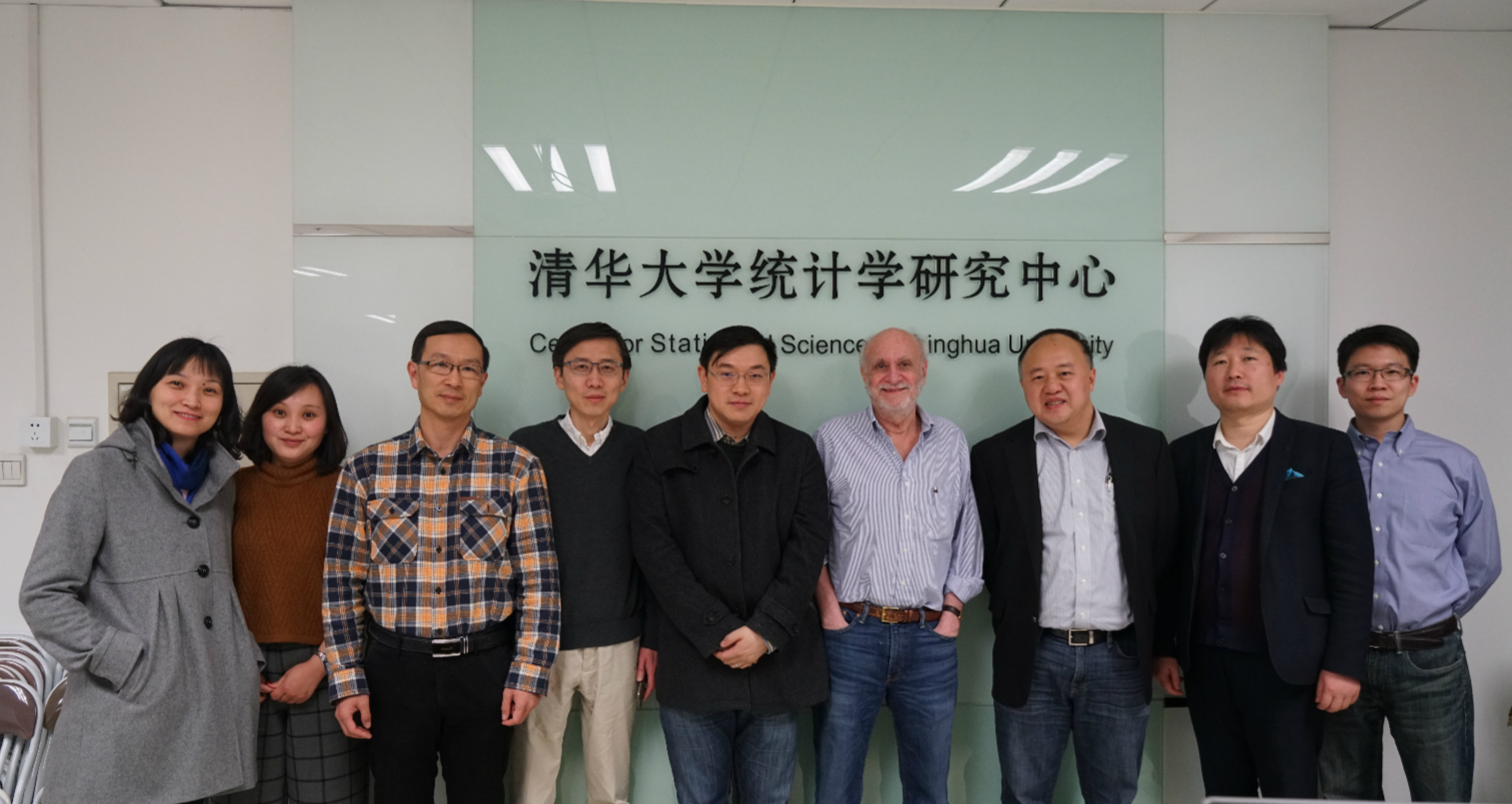
2018年3月13日,世界范围内最具影响力的三大统计学家之一、美国国家科学院院士、美国艺术与科学院院士、现任哈佛大学统计系John L.Loeb讲席教授——Donald B.Rubin,到访清华大学统计学研究中心。尽管年过七旬,但Rubin教授依然精力充沛、神采奕奕,用整整一天的时间,先后参加了中心发展工作汇报会议、中心教员研究课题的深度探讨,以及中心在读博士生、本科生的交流座谈,并给出切实中肯的建议。Rubin教授表示,这是一只活力十足的团队,他很惊讶在短短的几年时间清华大学统计学科就能取得如此的成绩,他希望大家再接再厉,尽早在清华大学建成国际一流水准的统计学科。据悉,Rubin教授在今年9月将有望加入清华大学,力推清华大学统计学科的发展。

Donald Rubin教授(右四)同清华大学统计学研究中心教员合影
Donald Rubin教授首先听取了有关中心发展现状的汇报。Rubin教授对统计中心非常关注,并不时提出问题和建议。

Rubin教授听取中心工作汇报
下午,Rubin教授听取中心博士后以及部分在读博士研究生的报告,并对所存在的问题给予指导。
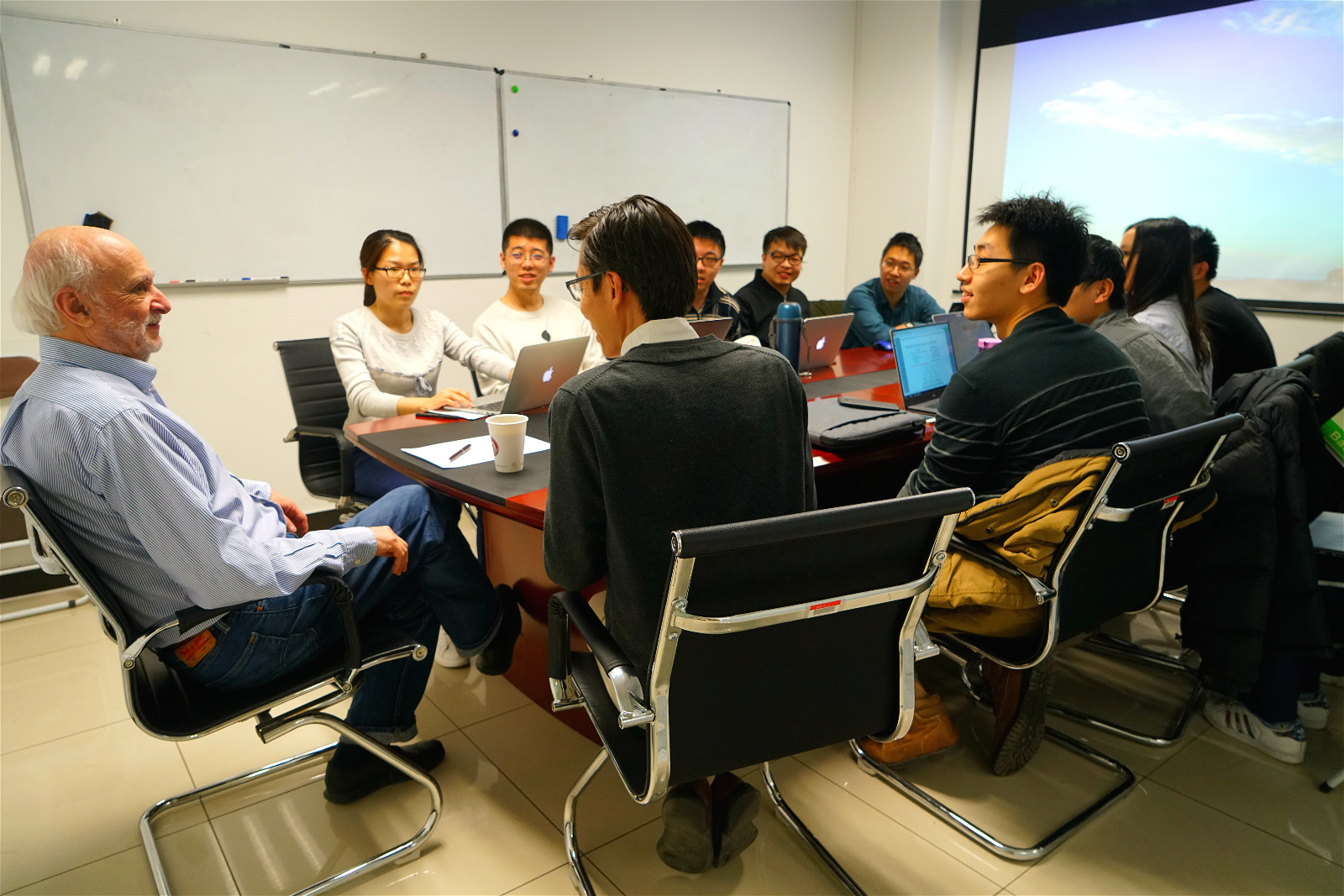
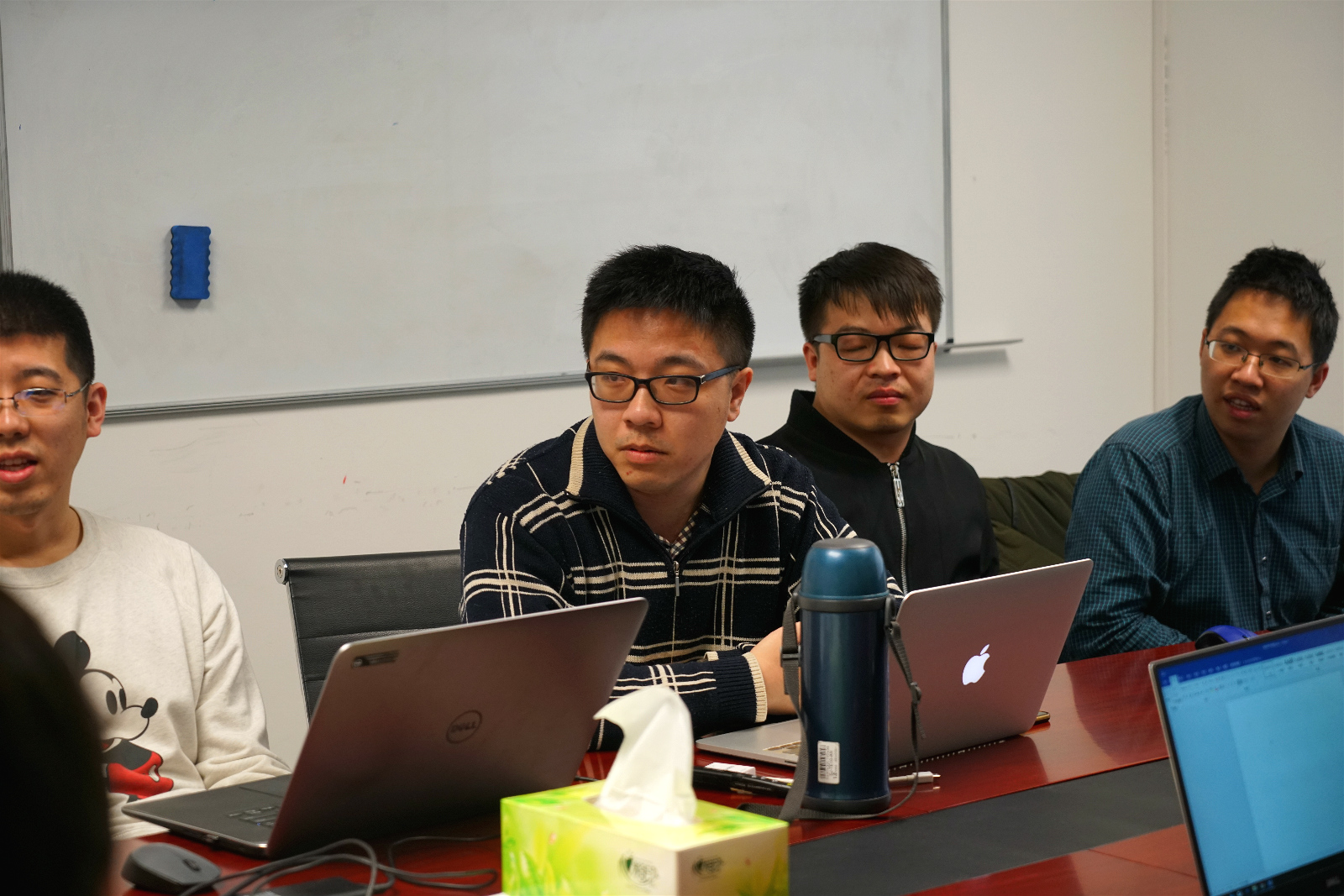
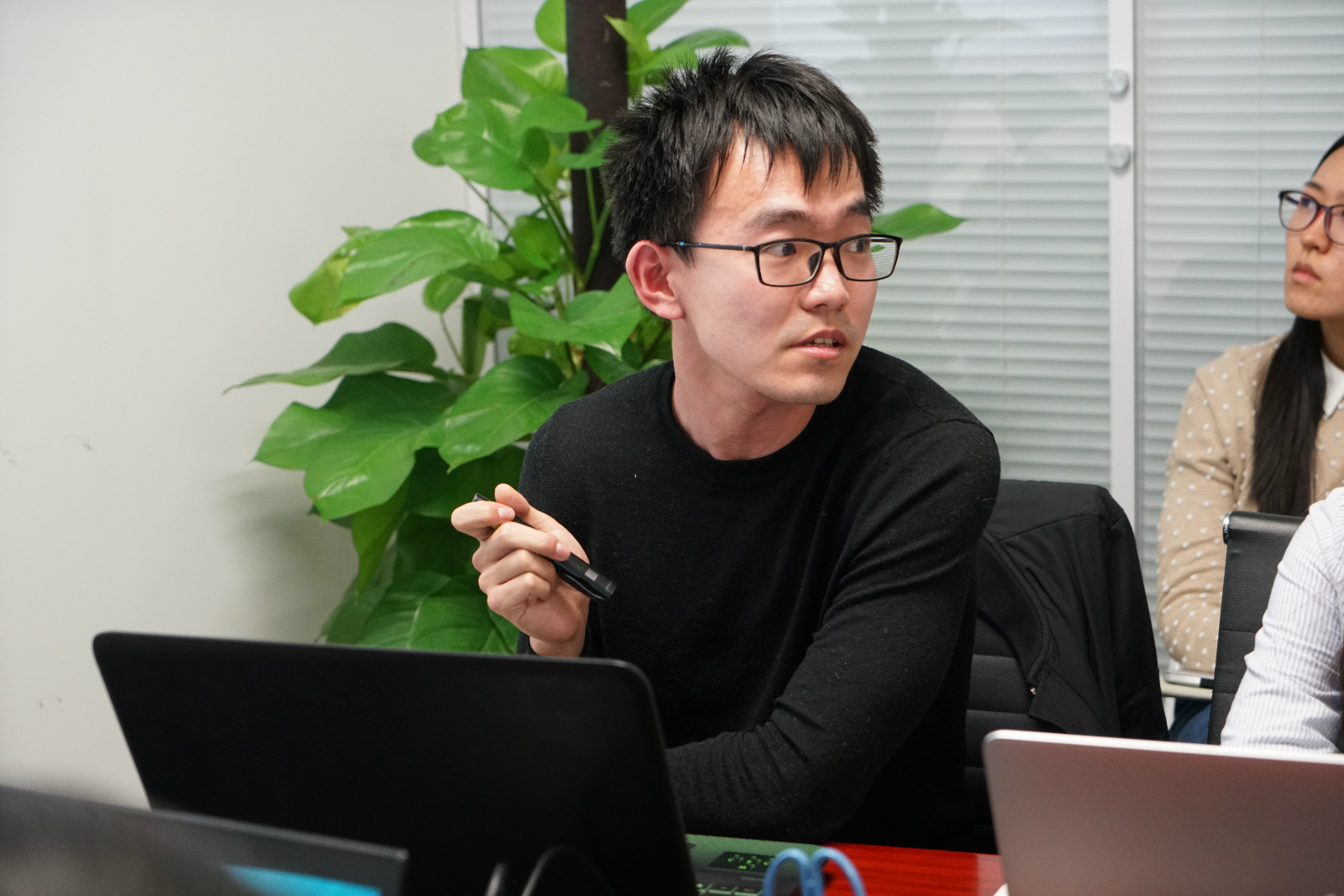
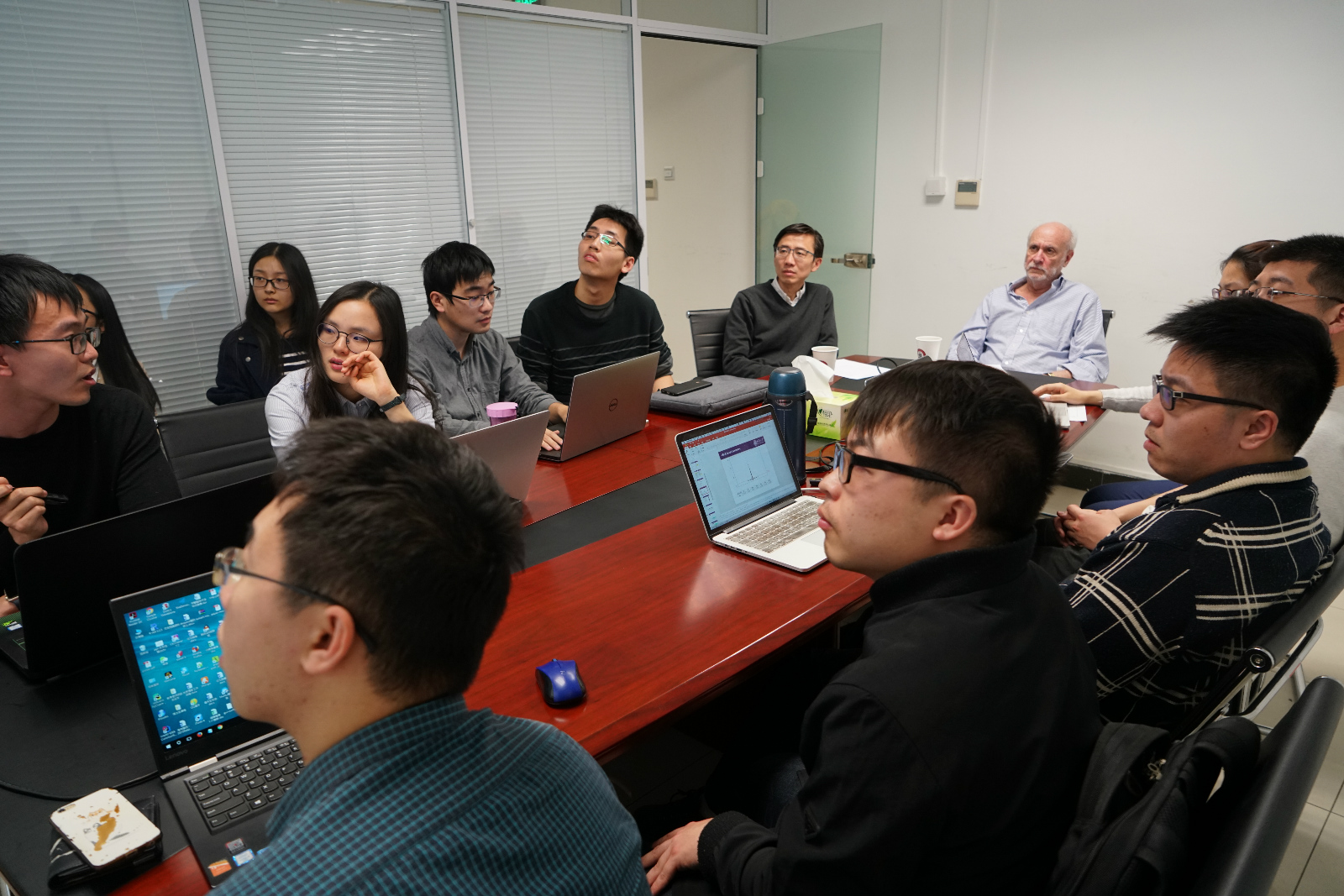
Rubin教授同中心博士研究生座谈
最后是同清华大学在读本科生的座谈会,同学们很珍惜和学术泰斗交流的难得机会,积极参与,发言踊跃,现场气氛热烈。
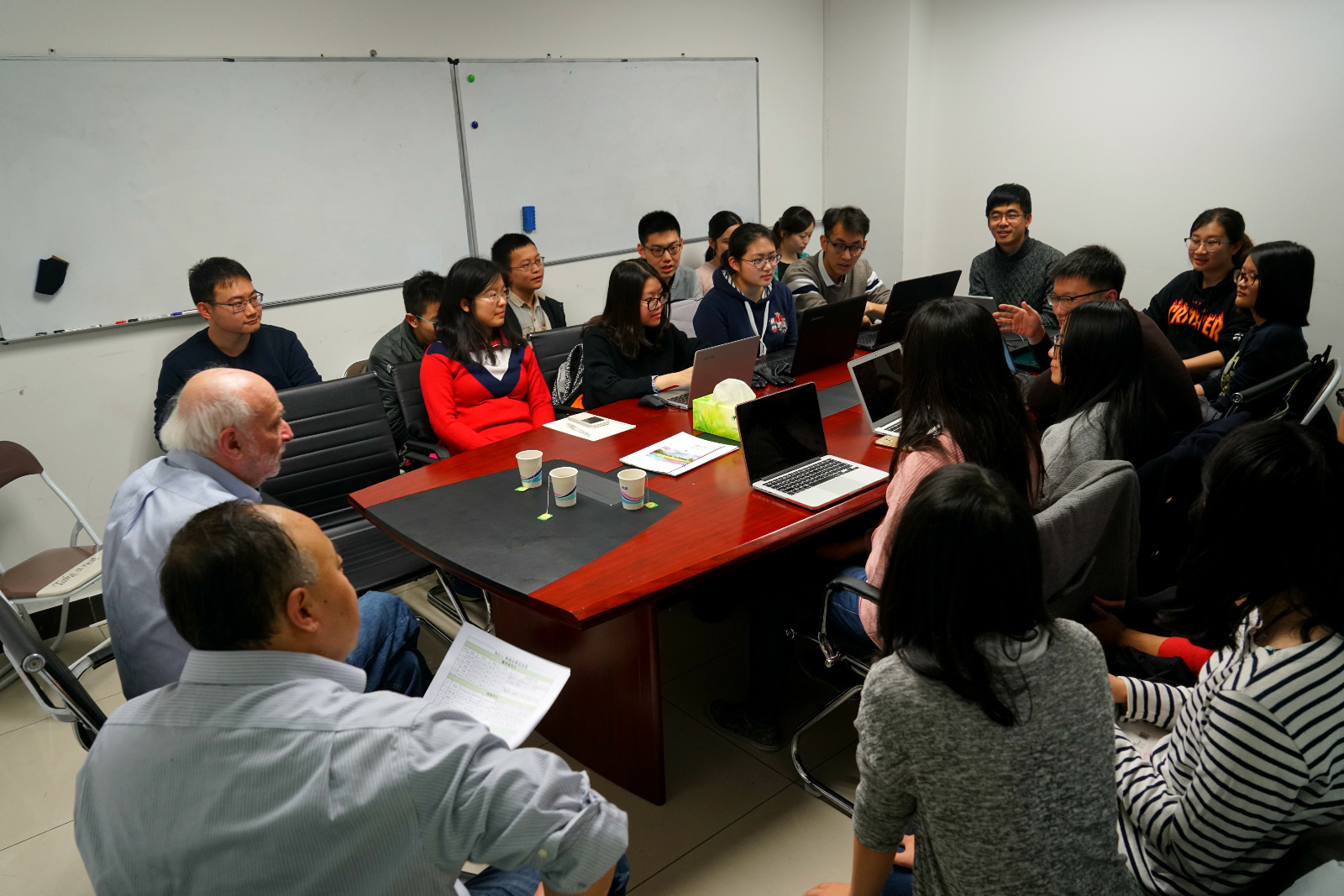
Rubin教授同本科生座谈
Rubin教授在清华大学的访问还将继续,希望Rubin教授能带动清华大学统计学科的发展达到一个新的高度。

2018年3月13日,耶鲁大学的张和平教授访问我中心,并作学术报告:Surrogate residuals for generalized linear models”。


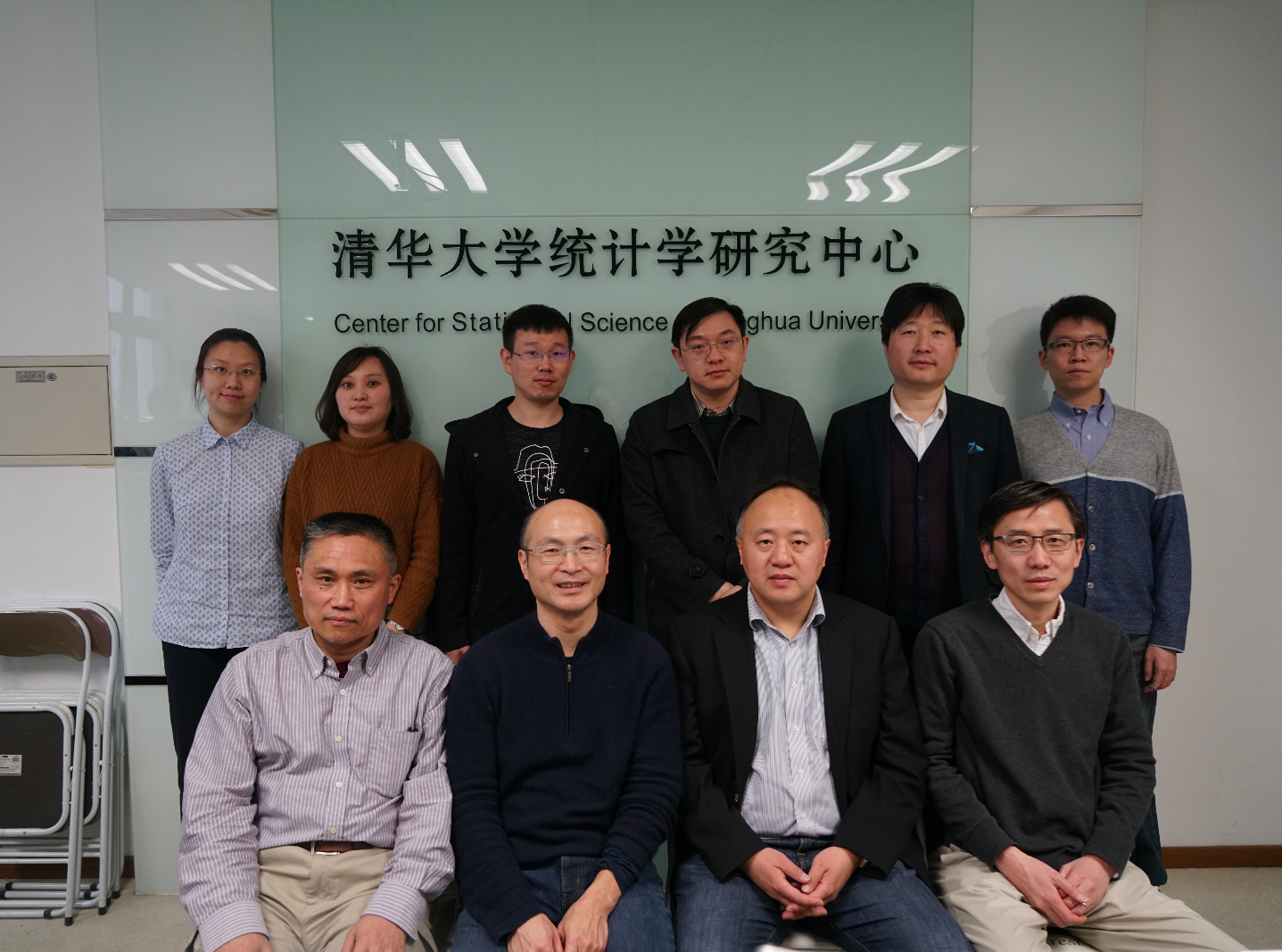
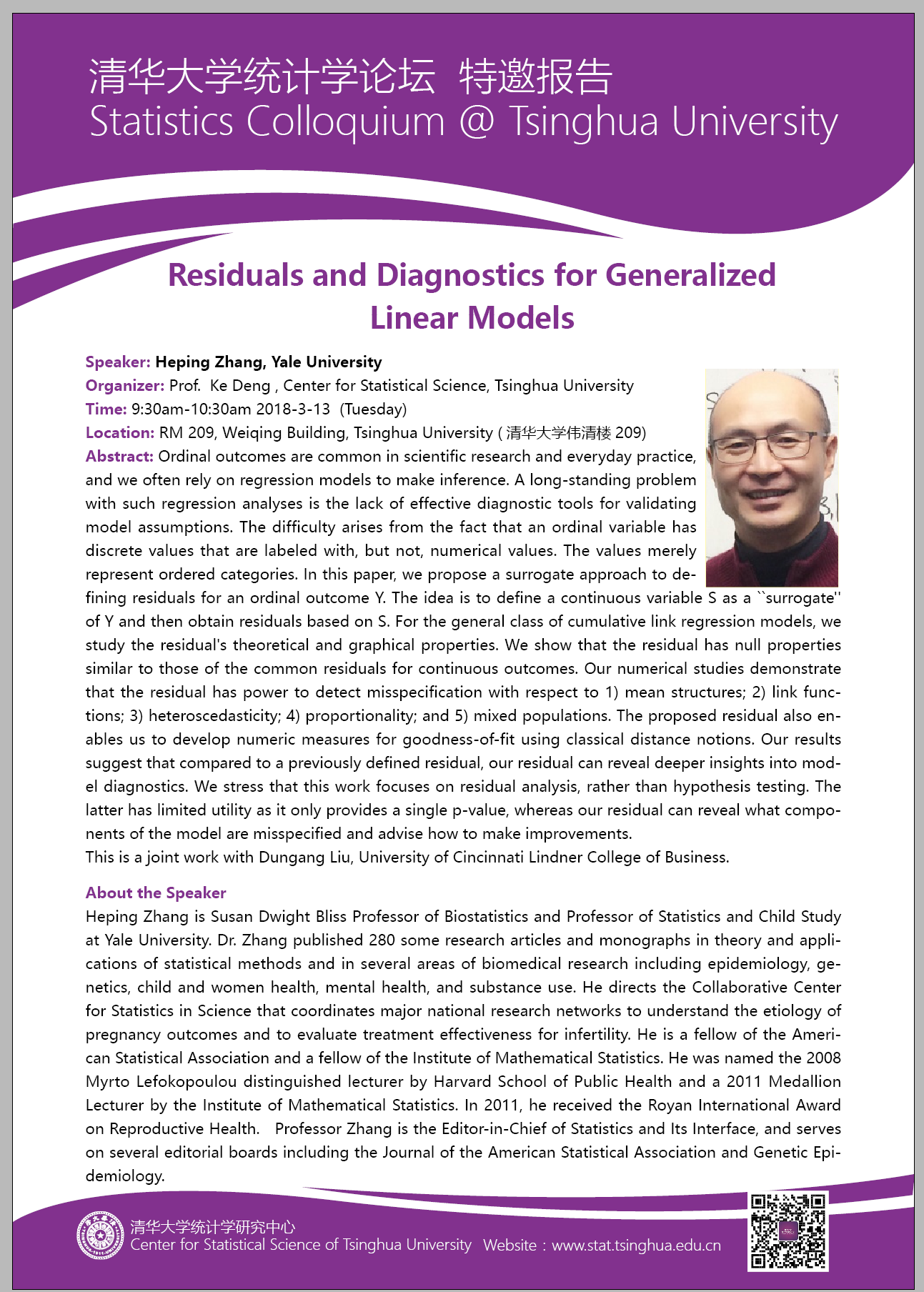

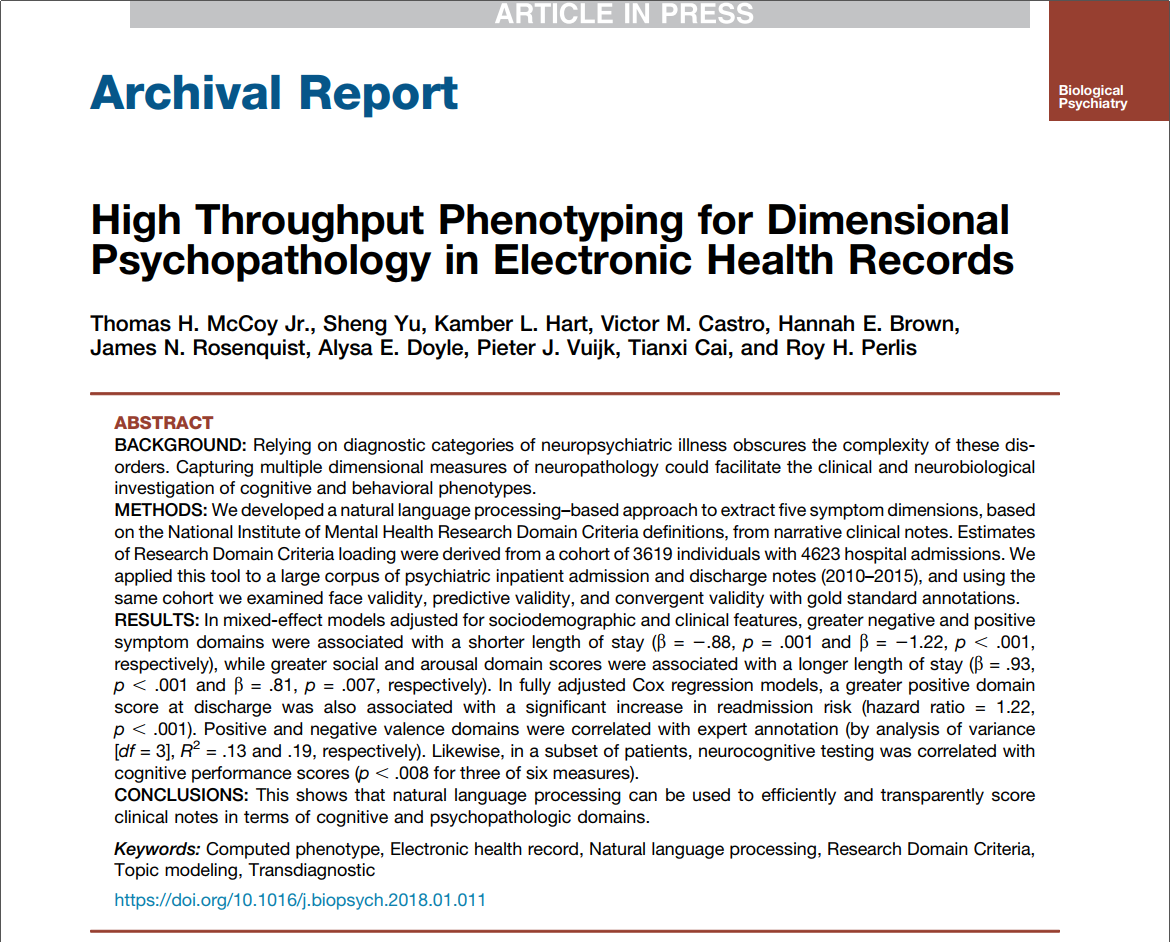
2月26日科技出版巨头Elsevier发布新闻公报,介绍了清华大学统计学研究中心俞声教授与美国麻省总医院Thomas McCoy博士共同第一作者在精神病理学顶刊Biological Psychiatry(影响因子11.412)发表的研究成果。公报被Science Daily等国外多家科技新闻媒体转载。 (https://www.elsevier.com/about/press-releases/research-and-journals/new-method-extracts-valuable-information-on-psychiatric-symptoms-from-electronic-health-records)
目前,精神疾病学家普遍认为作为精神疾病分类标准的Diagnostic and Statistical Manual of Mental Disorders已不具有足够的科学性。如抑郁症等一些诊断分类其实包含着很多不同的表现类型,而一些被分为不同诊断的疾病则很可能是同一潜在病理的不同表现。哈佛大学Isaac Kohane教授和麻省总医院Roy Perlis教授共同领导的N-GRID(Neuropsychiatric Genome-scale and RDoC-Individualized Domains)项目旨在通过临床表型大数据与基因组学大数据相结合,更科学地重新定义精神疾病的分类。
在本次研究中,俞声教授综合利用潜在语义分析、大规模相关性多重检验和正则化回归等统计技术,通过对电子病历文本的大数据分析,将精神病患者的表现投射到美国国家精神卫生学会(NIMH)提出的5个描述纬度上(Negative Valence、Positive Valence、Cognitive、Social Processes、Arousal/Regulatory),形成了患者表现的低维空间表示,为分析与区分患者表现奠定了量化基础。[1] 进一步的全基因组关联分析揭示了这些纬度与多个基因位点的相关性,为精神病理分类提供了科学依据。[2] 目前全球约有4.5亿人患有不同程度的精神与行为障碍,中国有超过1亿人患有精神类疾病。精准医学与大数据技术的发展有望使精神疾病的预防与控制得到改善。
参考文献
[1] Thomas H. McCoy, Sheng Yu, Kamber L. Hart, Victor M. Castro, Hannah E. Brown, James N. Rosenquist, Alysa E. Doyle, Pieter J. Vuijk, Tianxi Cai, and Roy H. Perlis. High Throughput Phenotyping for Dimensional Psychopathology in Electronic Health Records. Biol. Psychiatry (2018). DOI:https://doi.org/10.1016/j.biopsych.2018.01.011 [2] Thomas H. McCoy, Victor M. Castro, Kamber L. Hart, Amelia M. Pellegrini, Sheng Yu, Tianxi Cai, and Roy H. Perlis. Genome-wide Association Study of Dimensional Psychopathology Using Electronic Health Records. Biol. Psychiatry (2018). DOI:https://doi.org/10.1016/j.biopsych.2017.12.004
Description: I believe that a deep understanding of cause and effect, and how to estimate causal effects from data, complete with the associated mathematical notation and expressions, only evolved in the twentieth century. The crucial idea of randomized experiments was apparently first proposed in 1925 in the context of agricultural field trails but quickly moved to be applied also in studies of animal breeding and then in industrial manufacturing. The conceptual understanding seemed to be tied to ideas that were developing in quantum mechanics. The key ideas of randomized experiments evidently were not applied to studies of human beings until the 1950s, when such experiments began to be used in controlled medical trials, and then in social science — in education and economics. Humans are more complex than plants and animals, however, and with such trials came the attendant complexities of non-compliance with assigned treatment and the occurrence of “Hawthorne” and placebo effects. The formal application of the insights from earlier simpler experimental settings to more complex ones dealing with people, started in the 1970s and continue to this day, and include the bridging of classical mathematical ideas of experimentation, including fractional replication and geometrical formulations from the early twentieth century, with modern ideas that rely on powerful computing to implement aspects of design and analysis.
Biography: Donald B. Rubin is John L. Loeb Professor of Statistics, Harvard University, where he has been professor since 1983, and Department Chair for 13 of those years. He has been elected to be a Fellow/Member/Honorary Member of: the Woodrow Wilson Society, Guggenheim Memorial Foundation, Alexander von Humboldt Foundation, American Statistical Association, Institute of Mathematical Statistics, International Statistical Institute, American Association for the Advancement of Science, American Academy of Arts and Sciences, European Association of Methodology, the British Academy, and the U.S. National Academy of Sciences. As of 2017, he has authored/coauthored over 400 publications (including ten books), has four joint patents, and for many years has been one of the most highly cited authors in the world, with currently over 200,000 citations and nearly 20,000 in 2016 alone (Google Scholar). He has received honorary doctorate degrees from Otto Friedrich University, Bamberg, Germany; University of Ljubljana, Slovenia; Universidad Santo Tomás, Bogotá, Colombia; Uppsala University, Sweden; and Northwestern University, Evanston, Illinois. He has also received honorary professorships from University of Utrecht, The Netherlands; Shanghai Finance University, China; Nanjing University of Science & Technology, China; Xi’an University of Technology, China; and University of the Free State, Republic of South Africa.